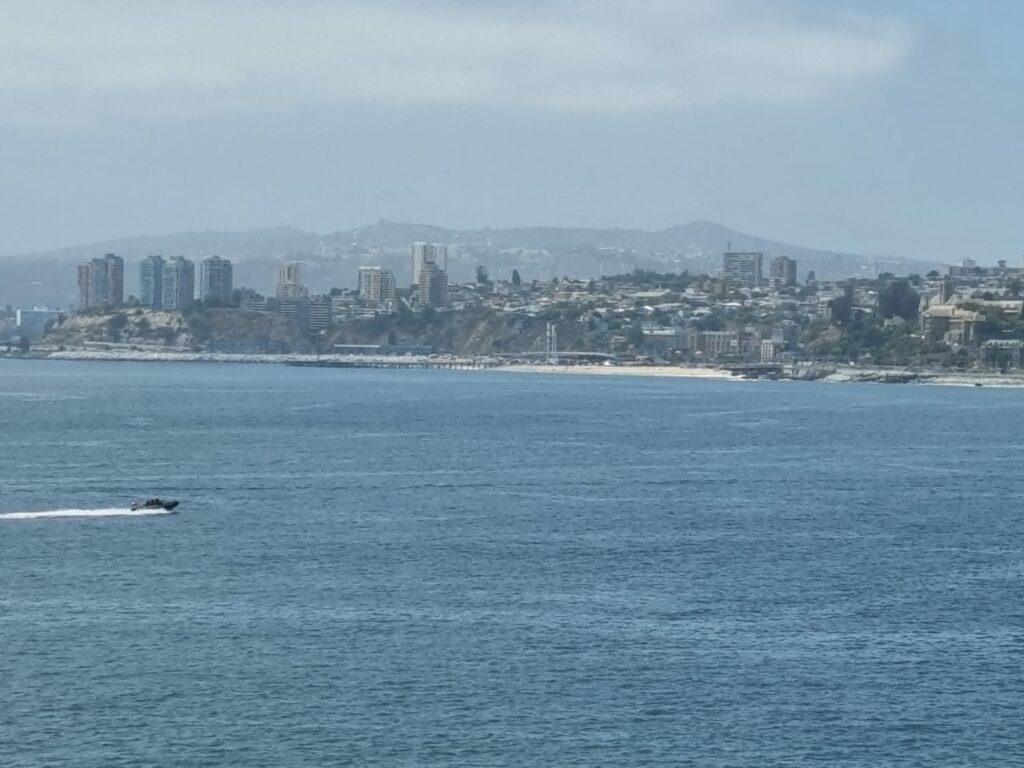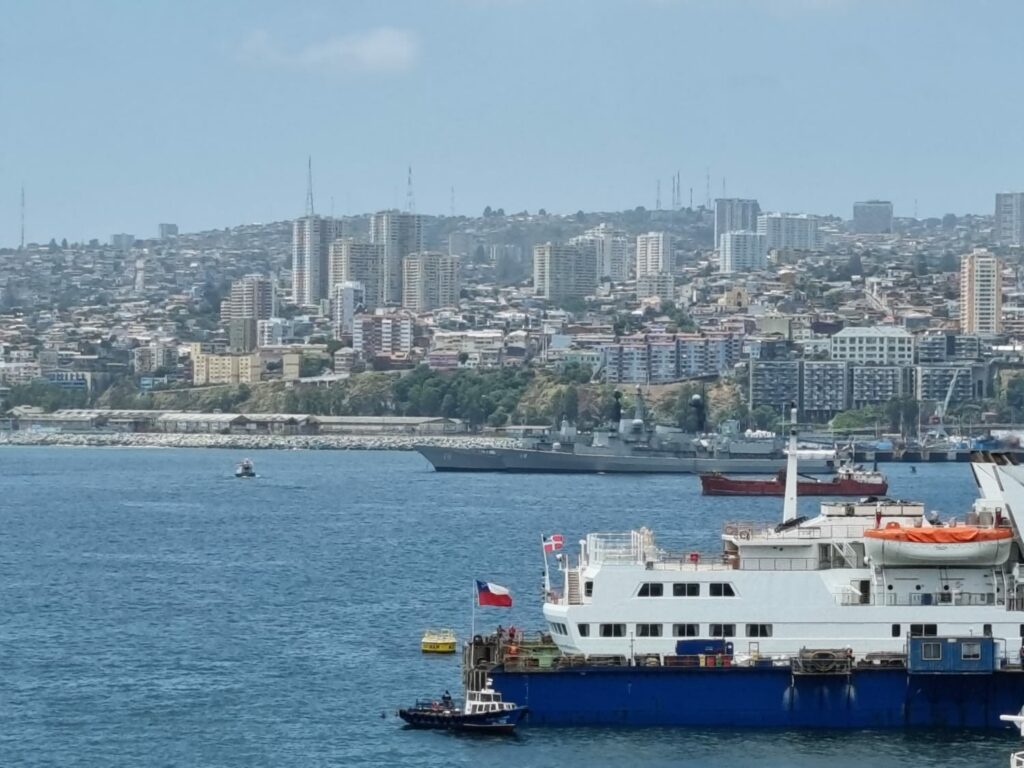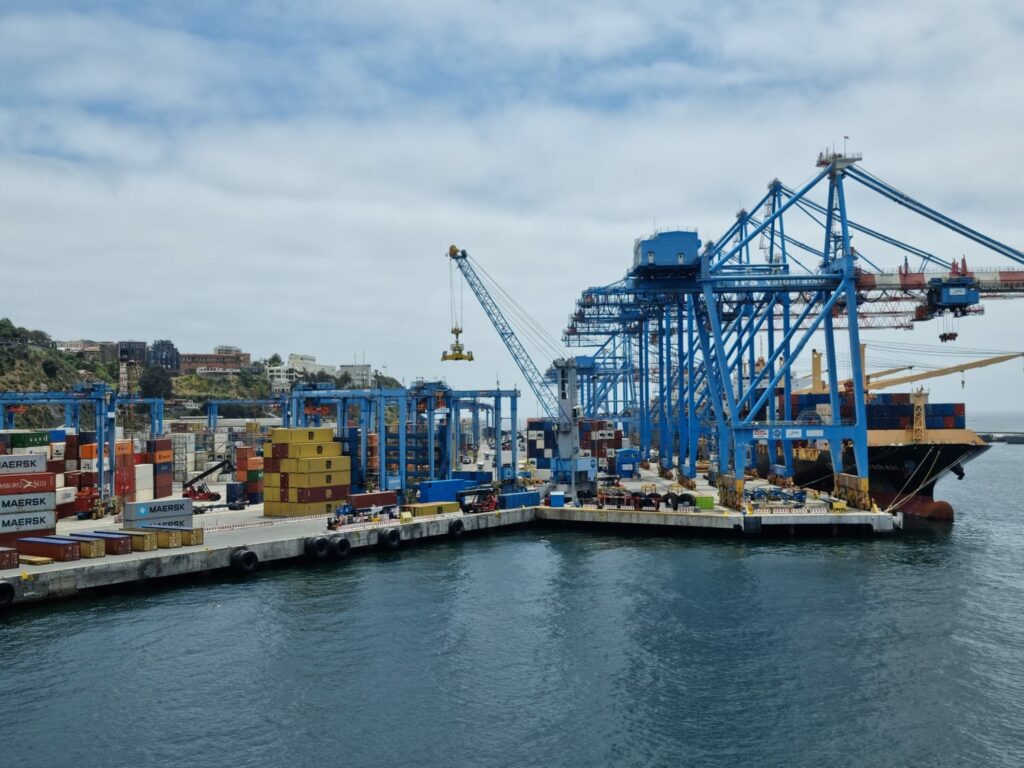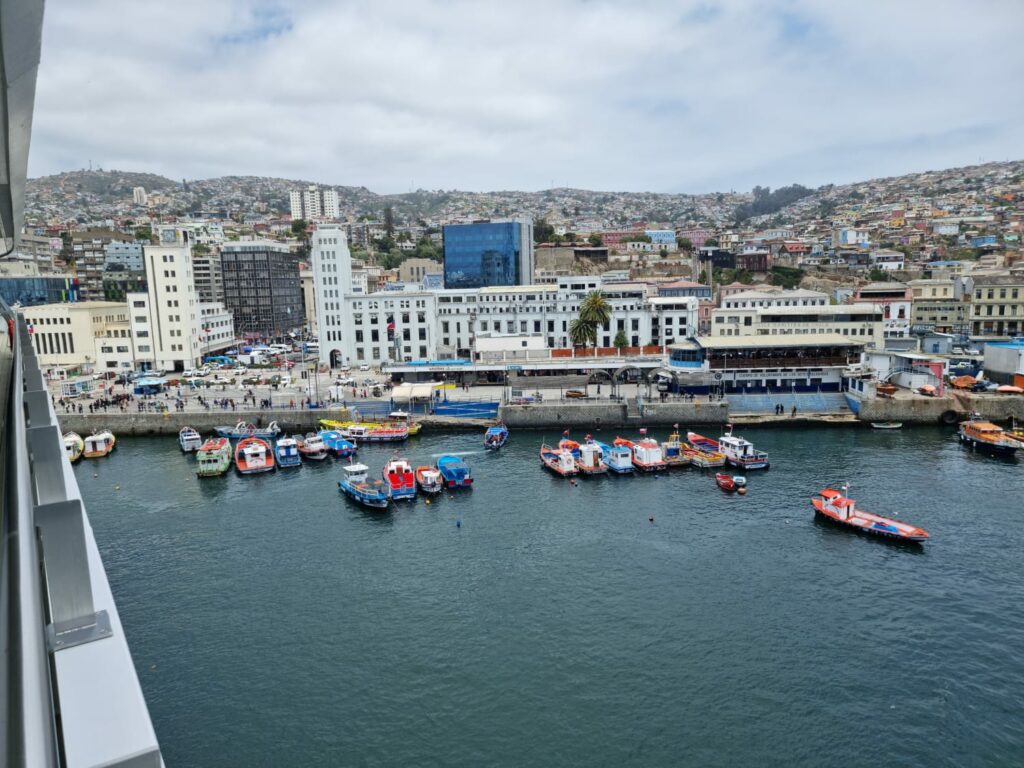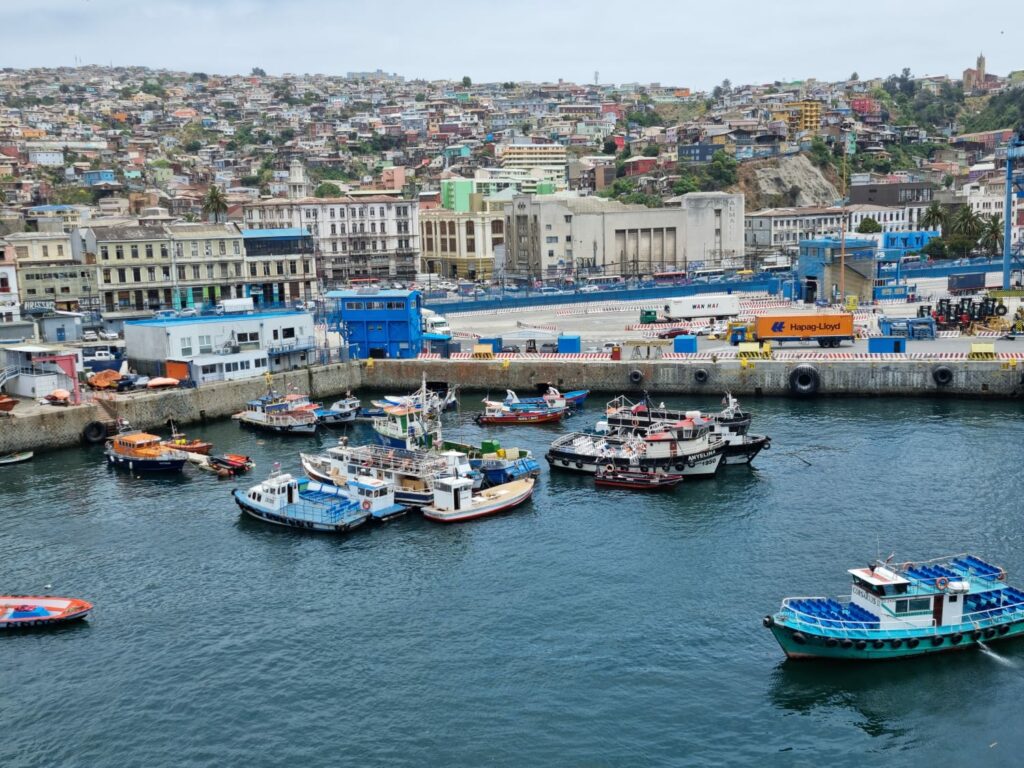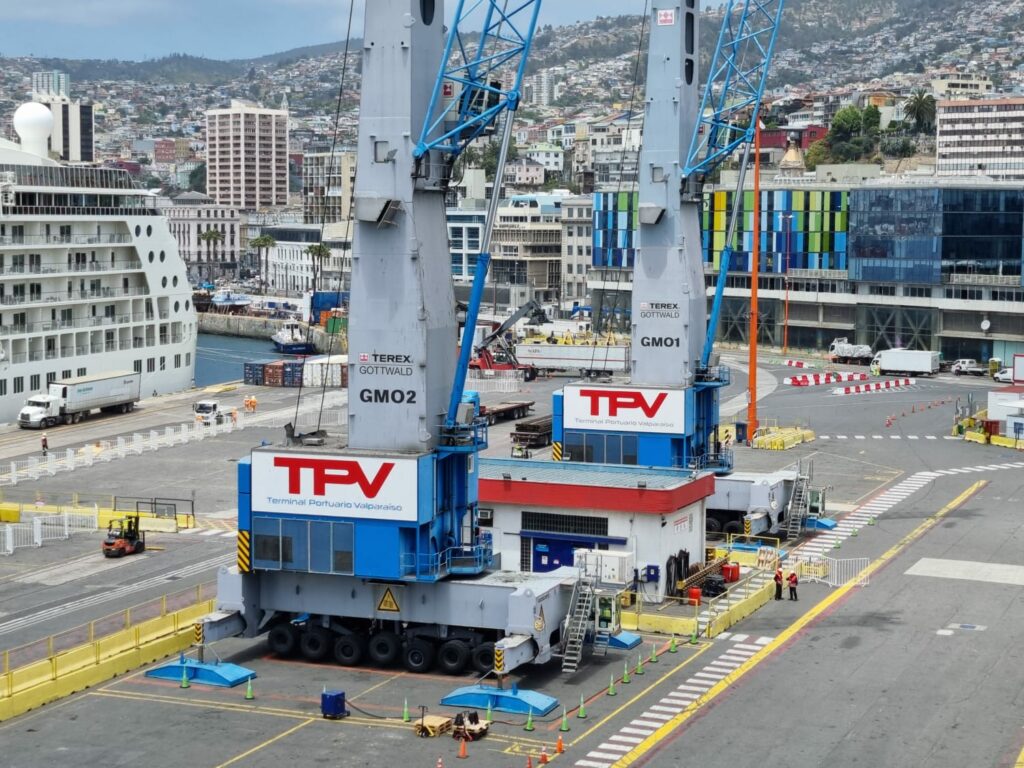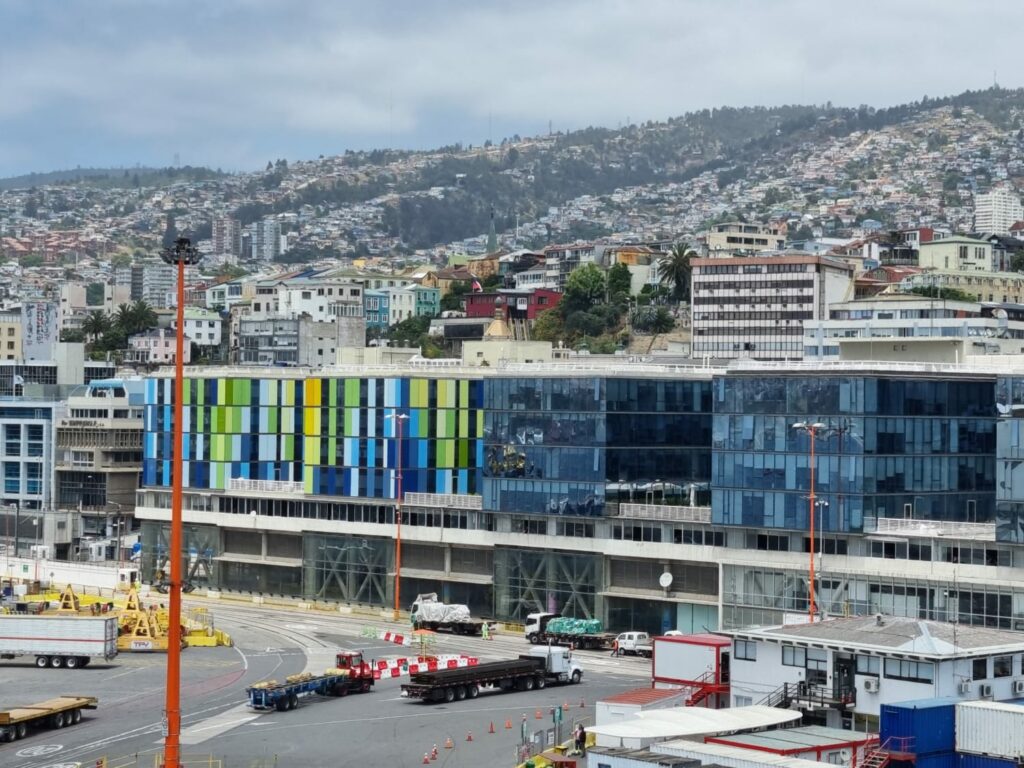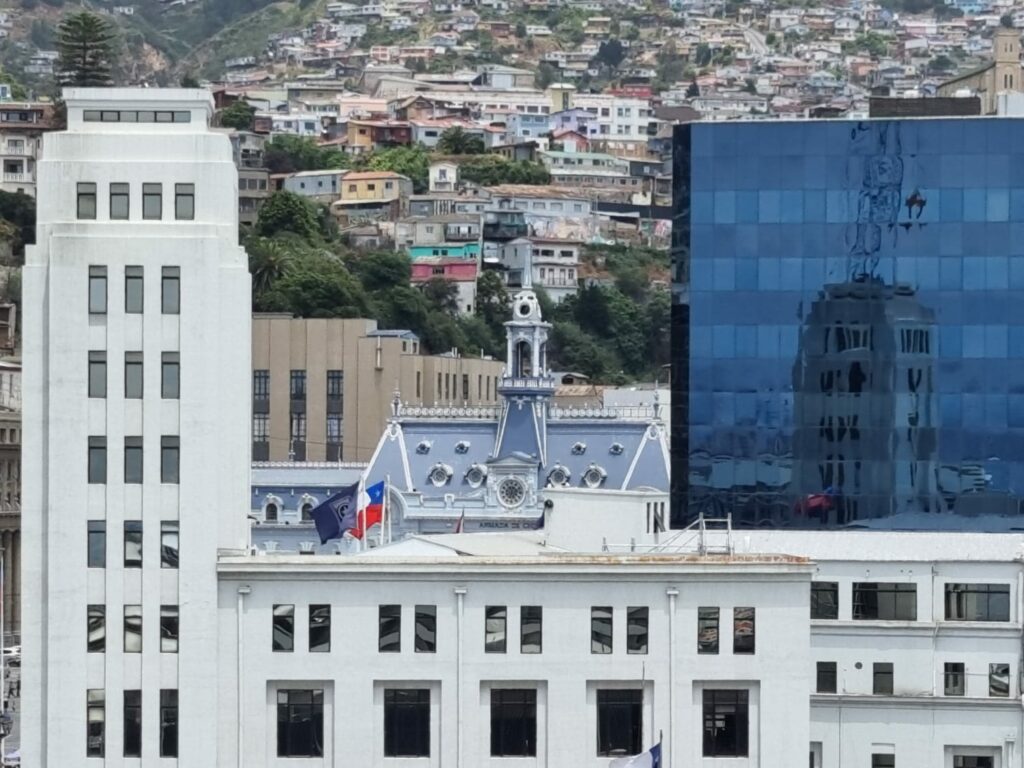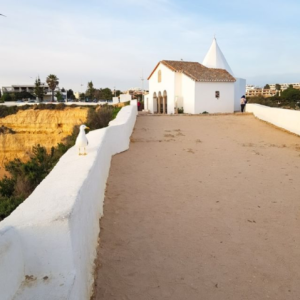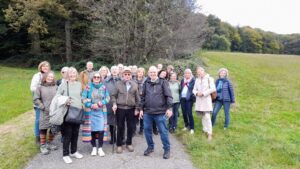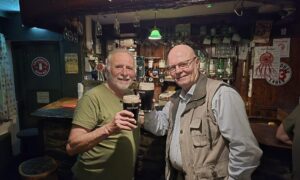After the Bahamas, we spent a few days at sea heading for the Caribbean. Cleaning helicopters was also on the agenda.
I was on Grand Turk once before in early 2022 with the Carnival cruise line. Caribbean memories come flooding back.



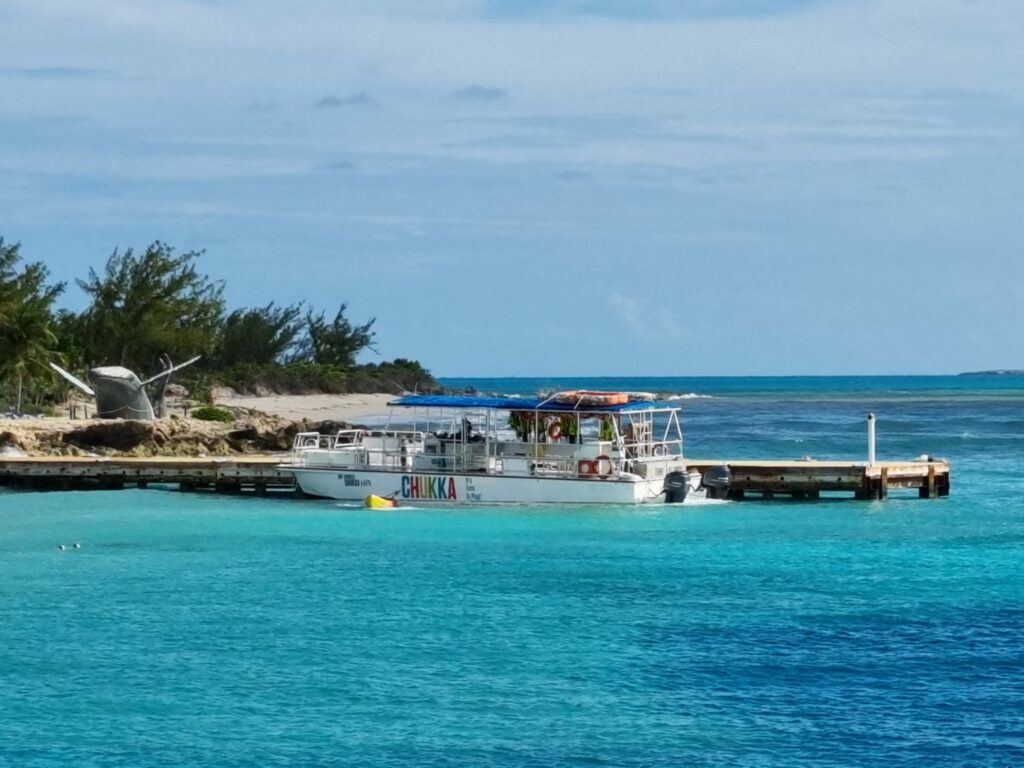
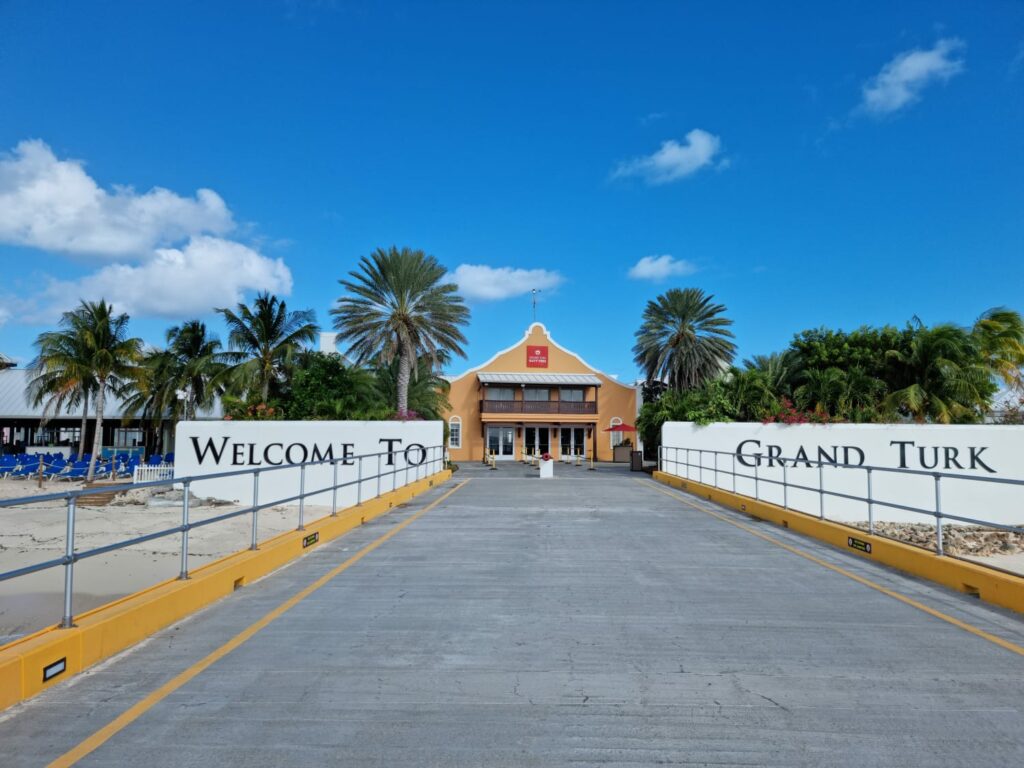
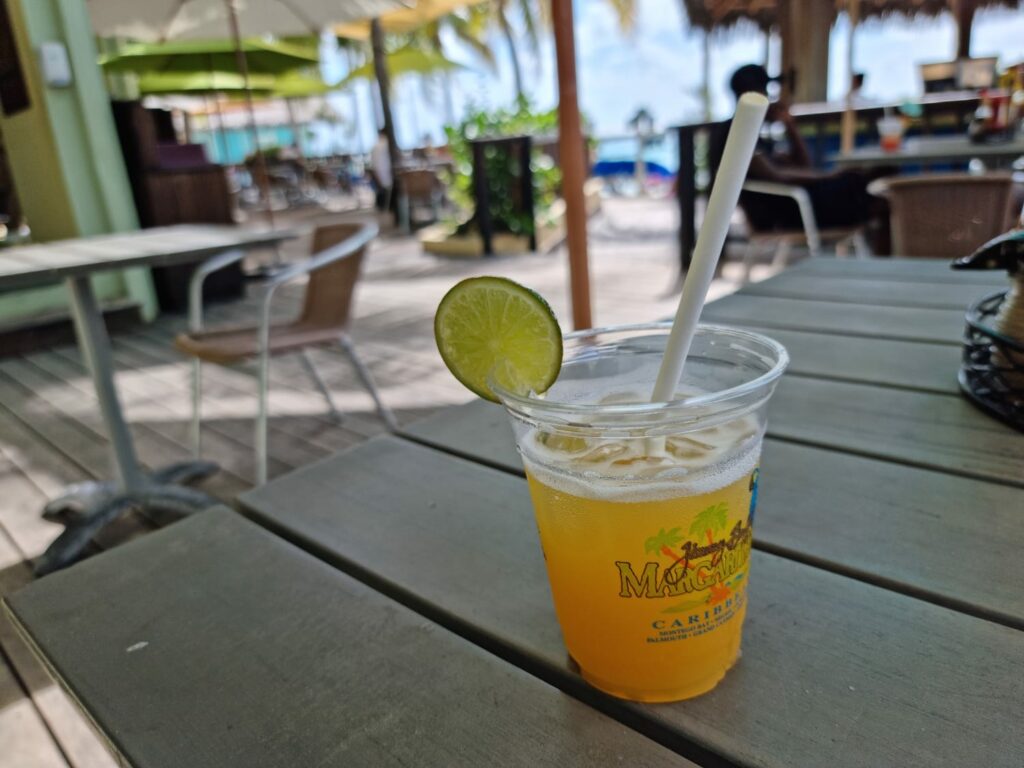
Inagua is the southernmost area of the Bahamas. It is hot and humid, but the light is perfect for taking photos.
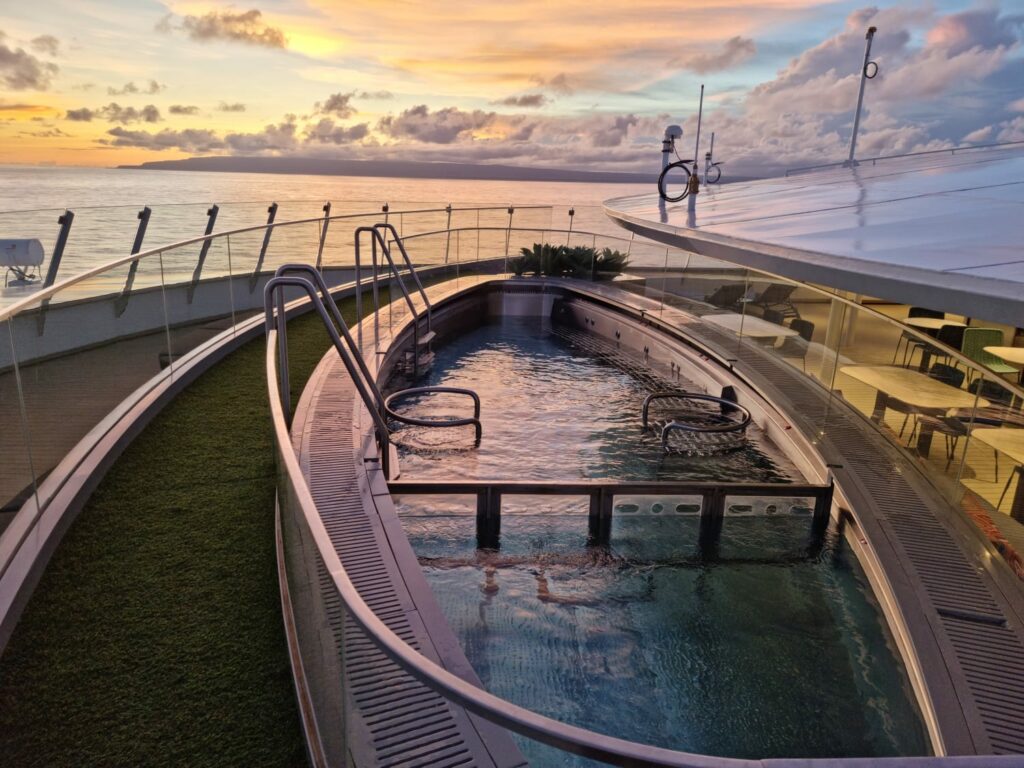


Our on-board herbary never ceases to fascinate me. We arrived in Jamaica on October 30. Port Antonio was our first stop. 35 degrees, 90% humidity coupled with tropical rain showers every few hours kept me from going ashore.
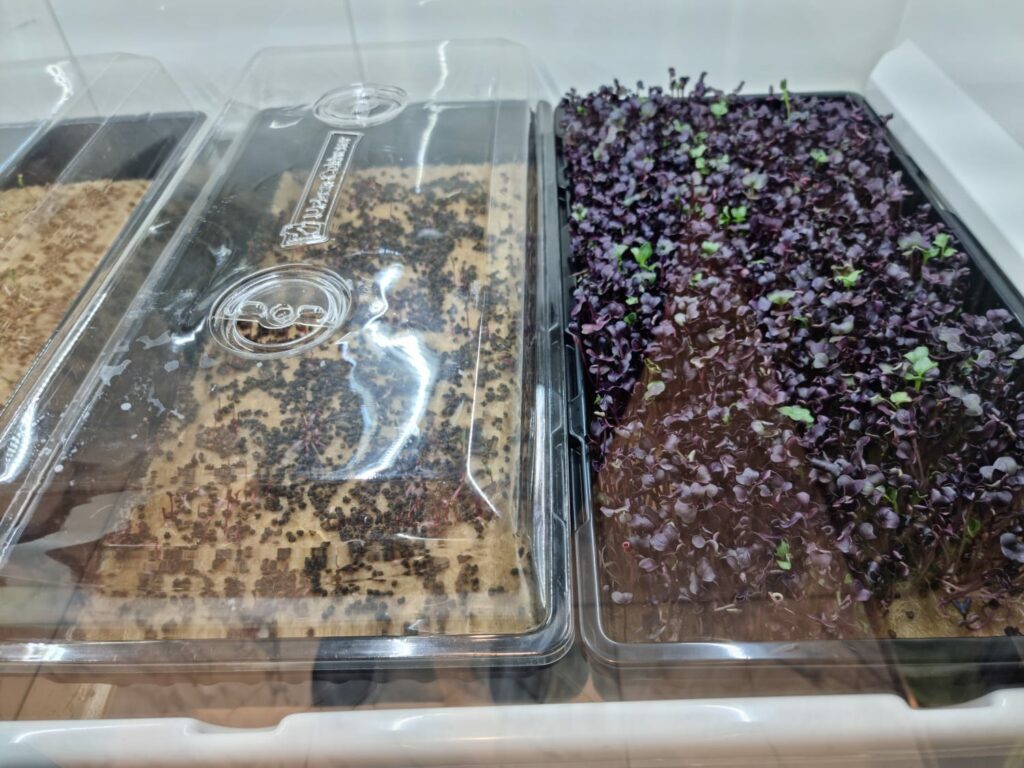
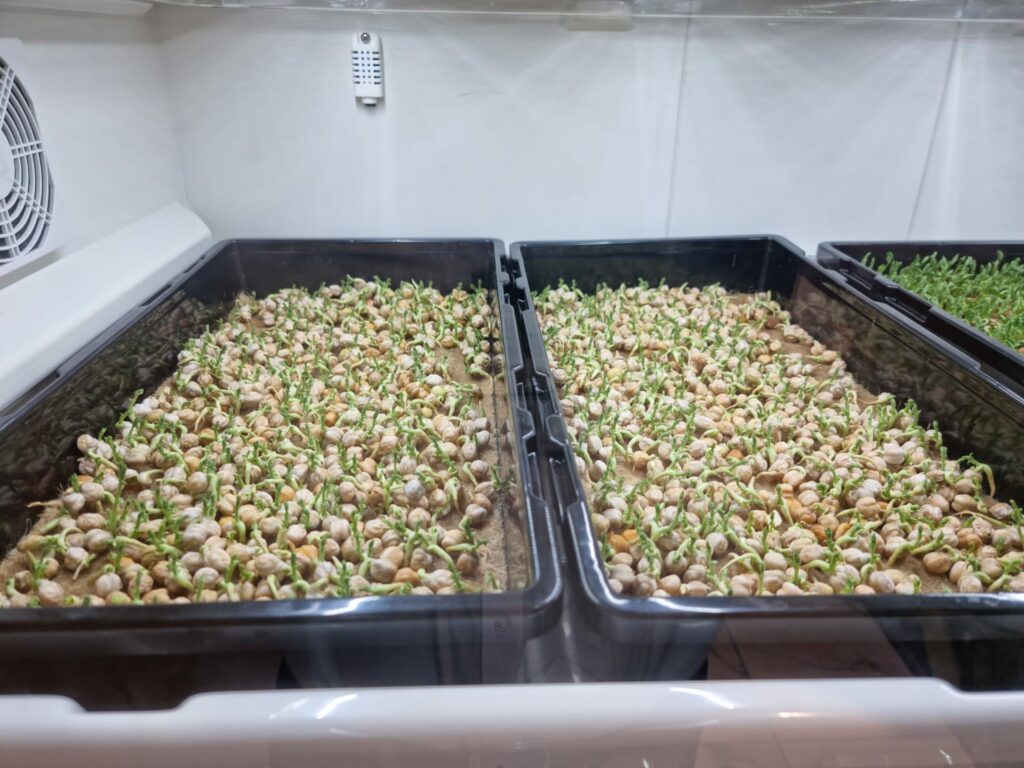
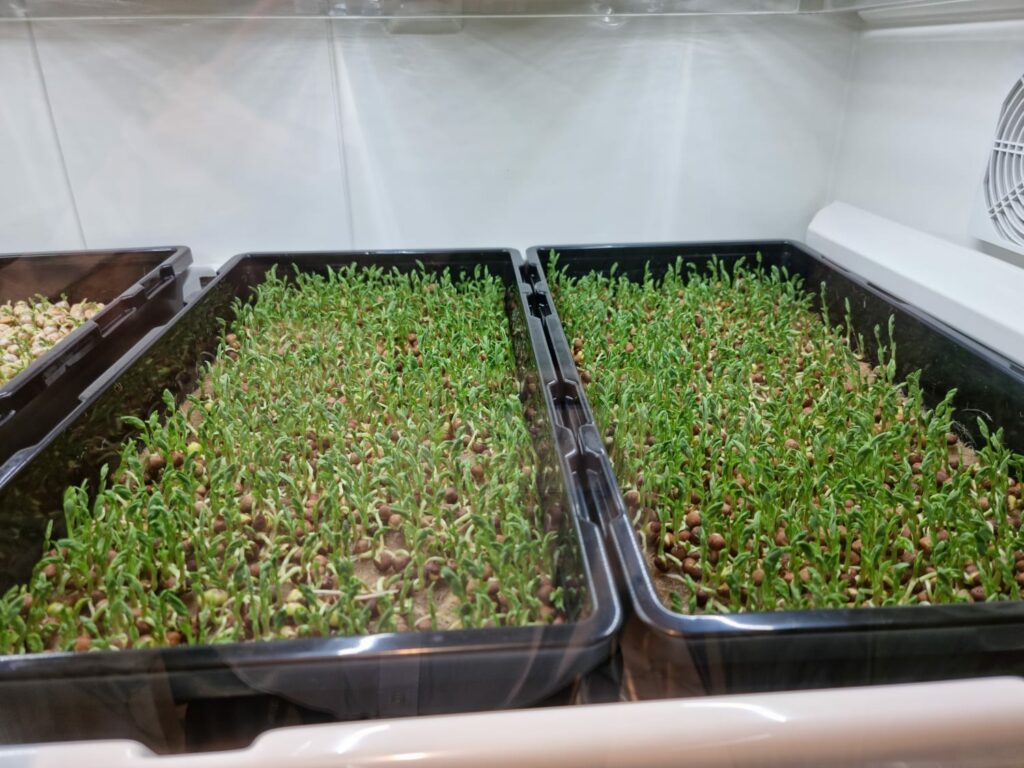
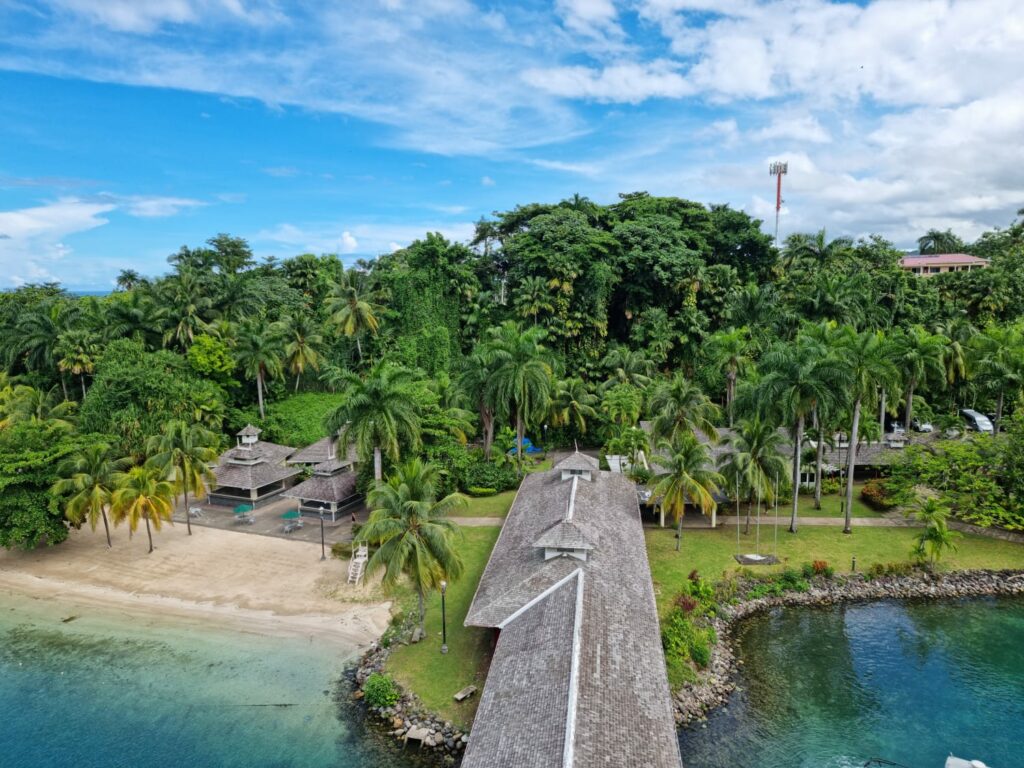
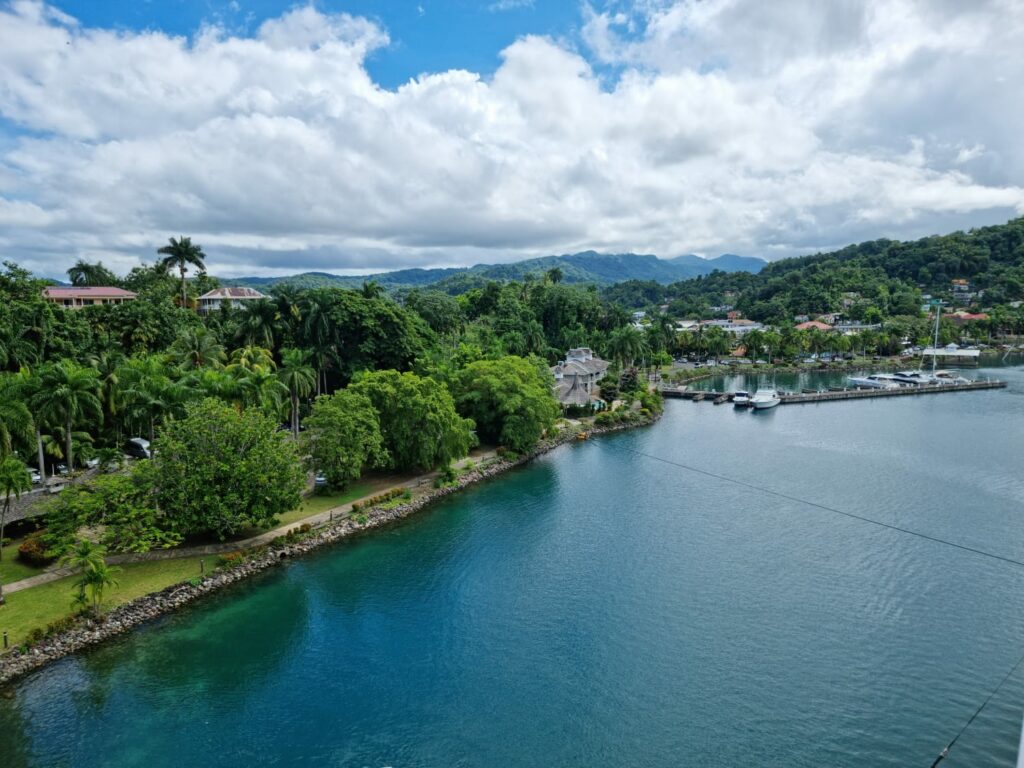
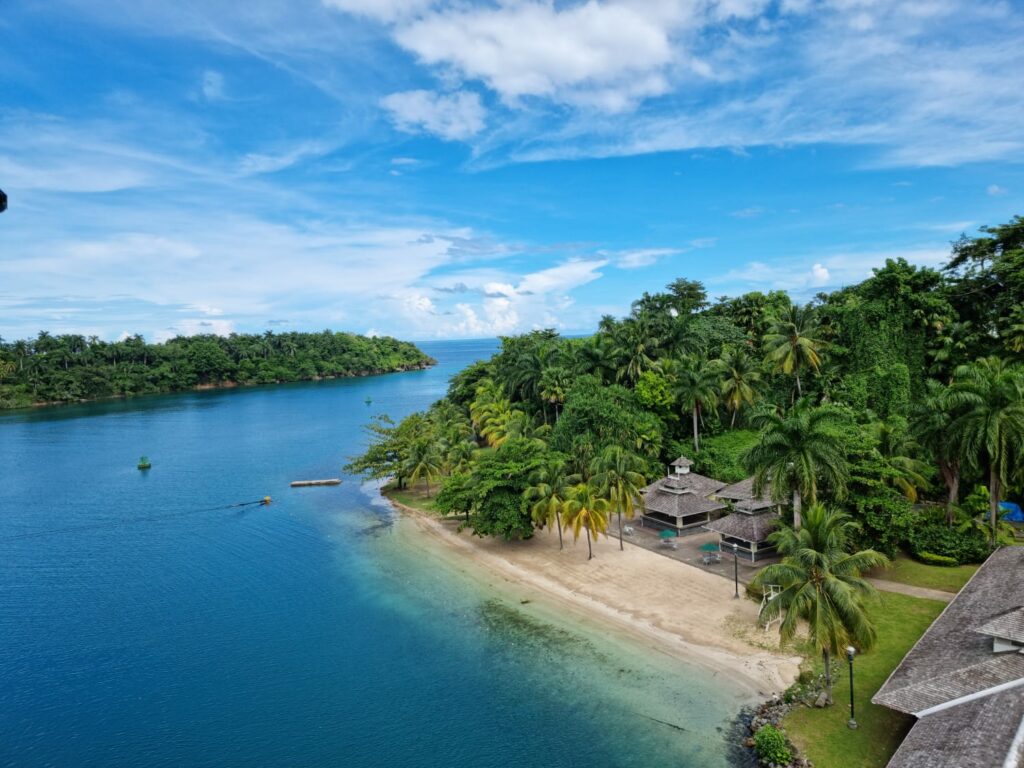
The next day in Montego Bay we went through yet another big change on the ship: previous guests left and new ones came on board. Some of the crew were also replaced.
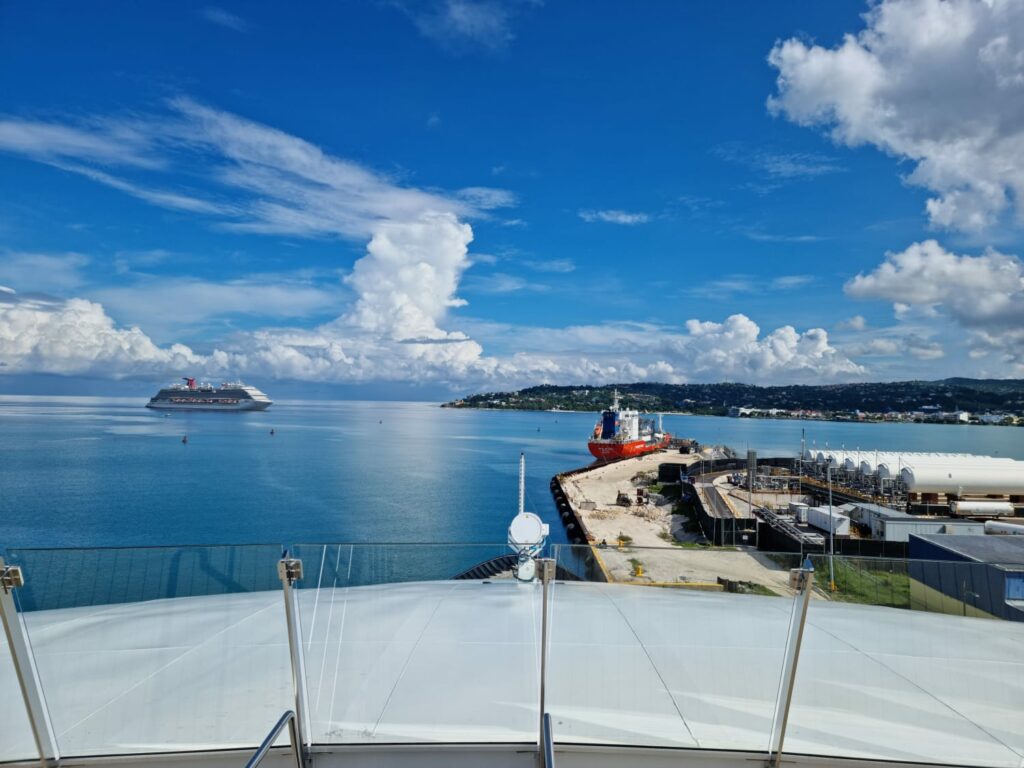
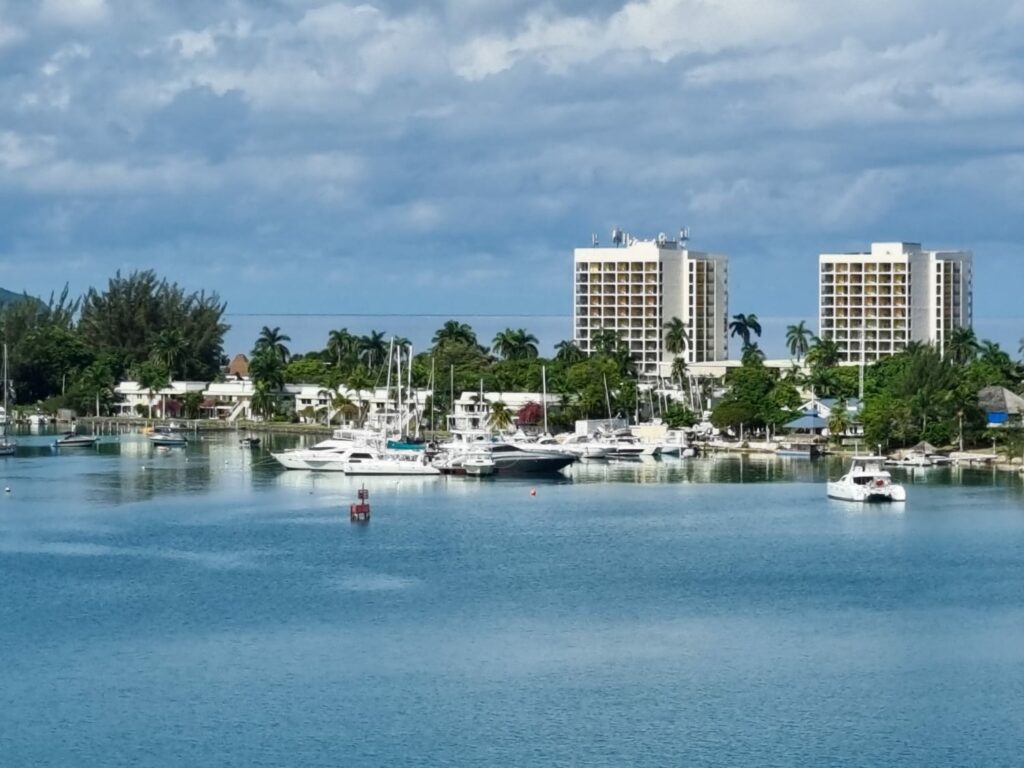
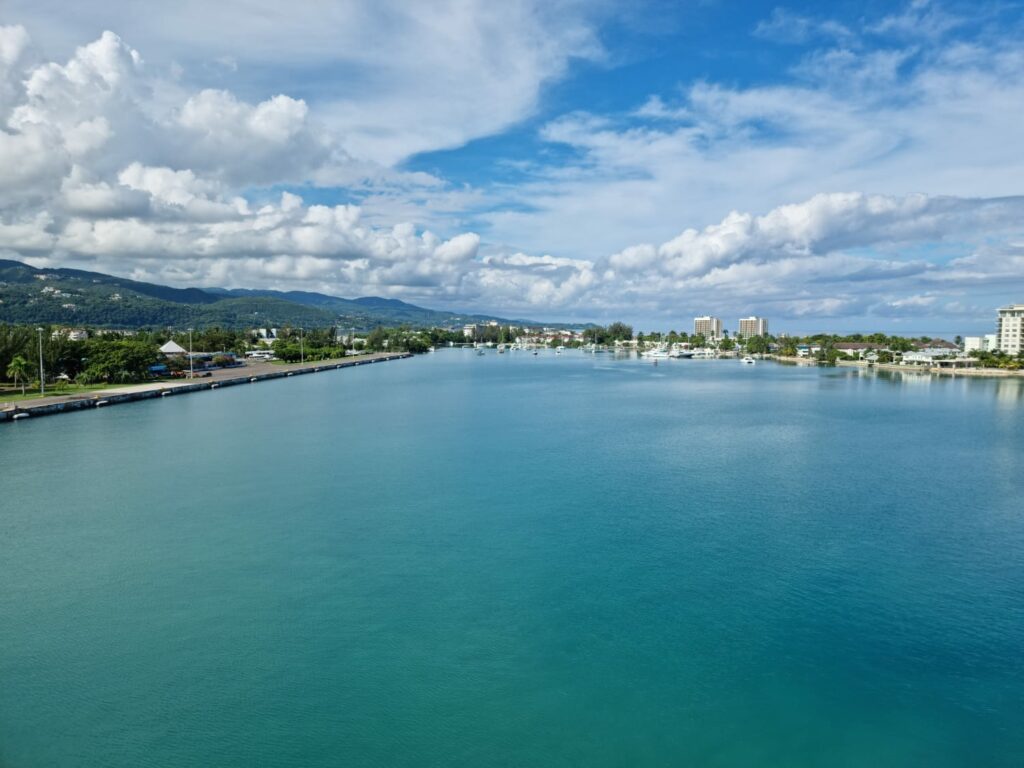
On November 3, I decided to go for an extended country walk on a small Colombian island in the middle of the Caribbean: San Andrés. Nordic walking at 30 degrees in the sun is pretty sweaty, especially when you’re walking over the island’s mountain. But I felt fit and after three hours I was really tired, thirsty and ready for a shower.
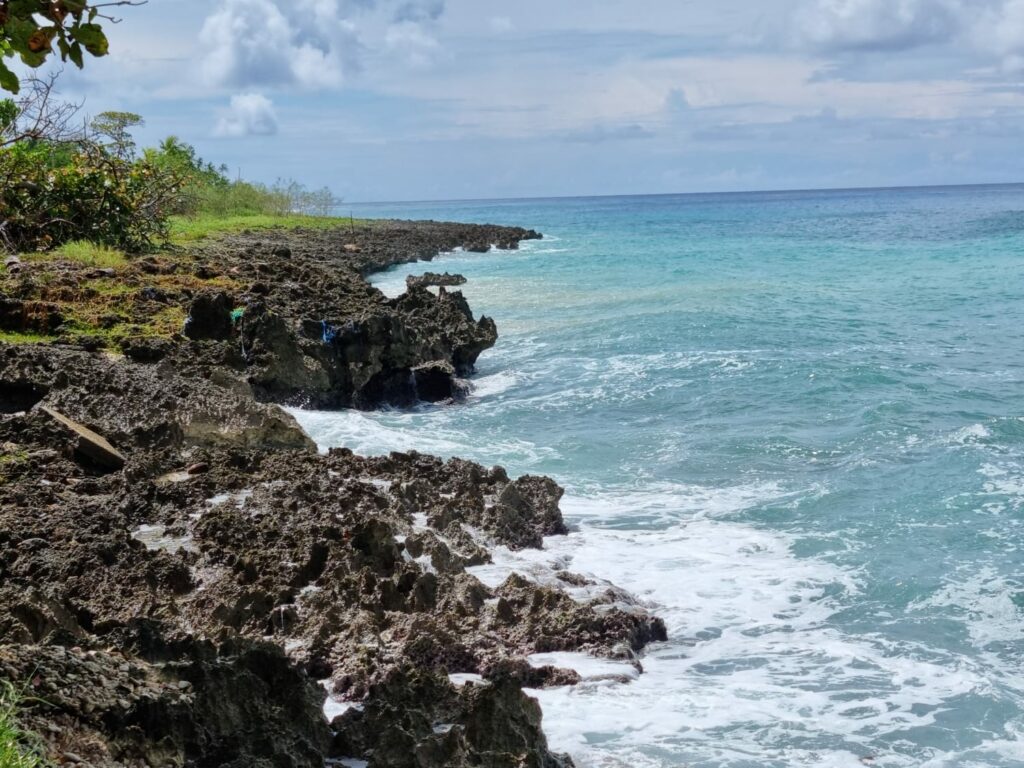
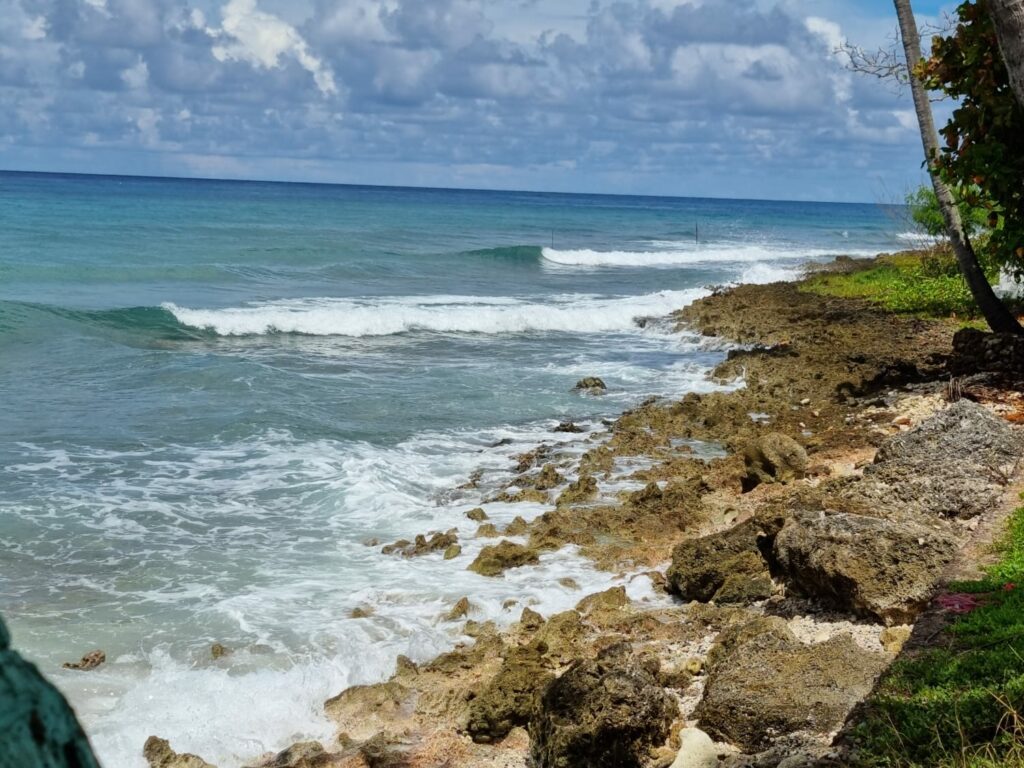
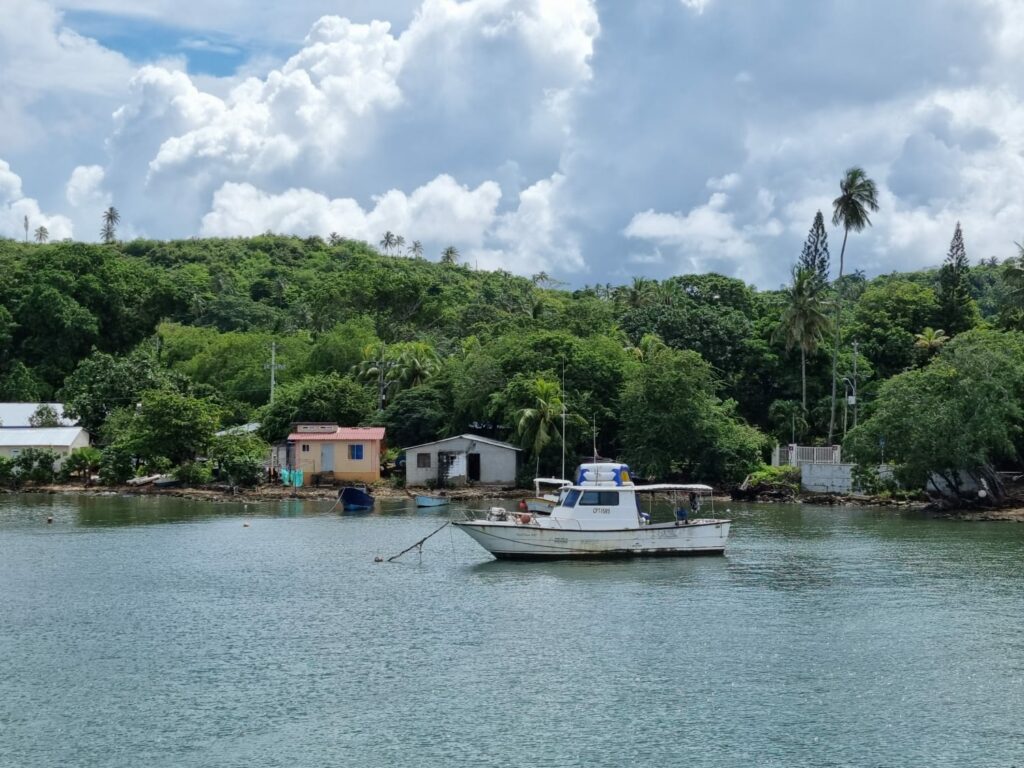
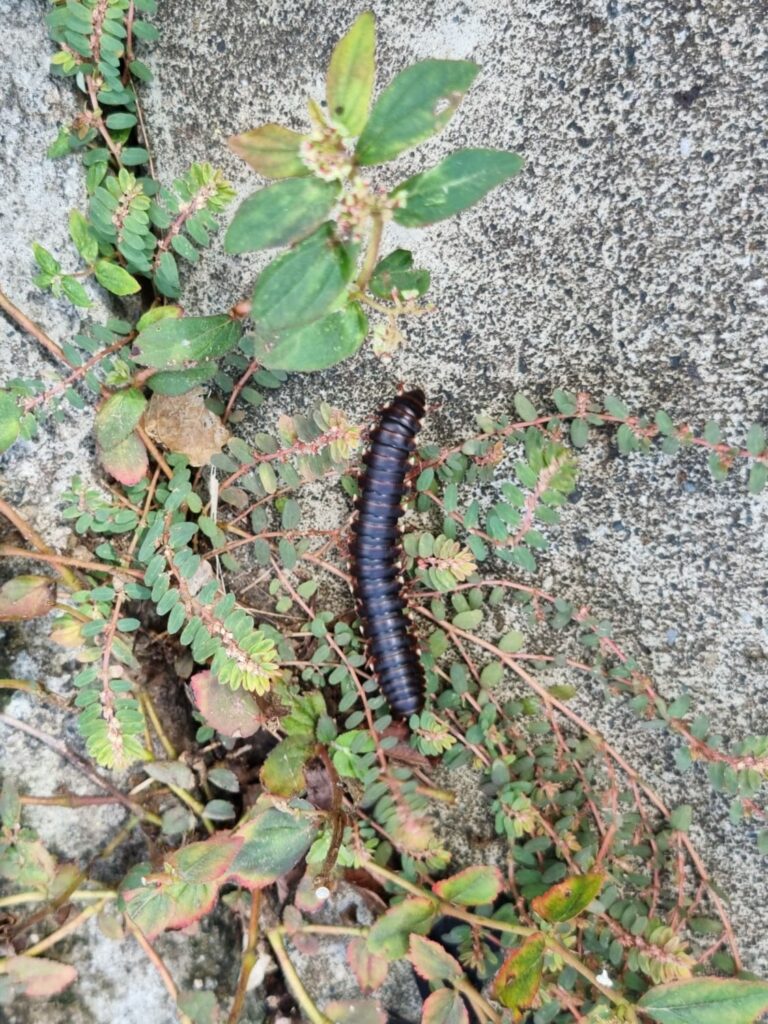
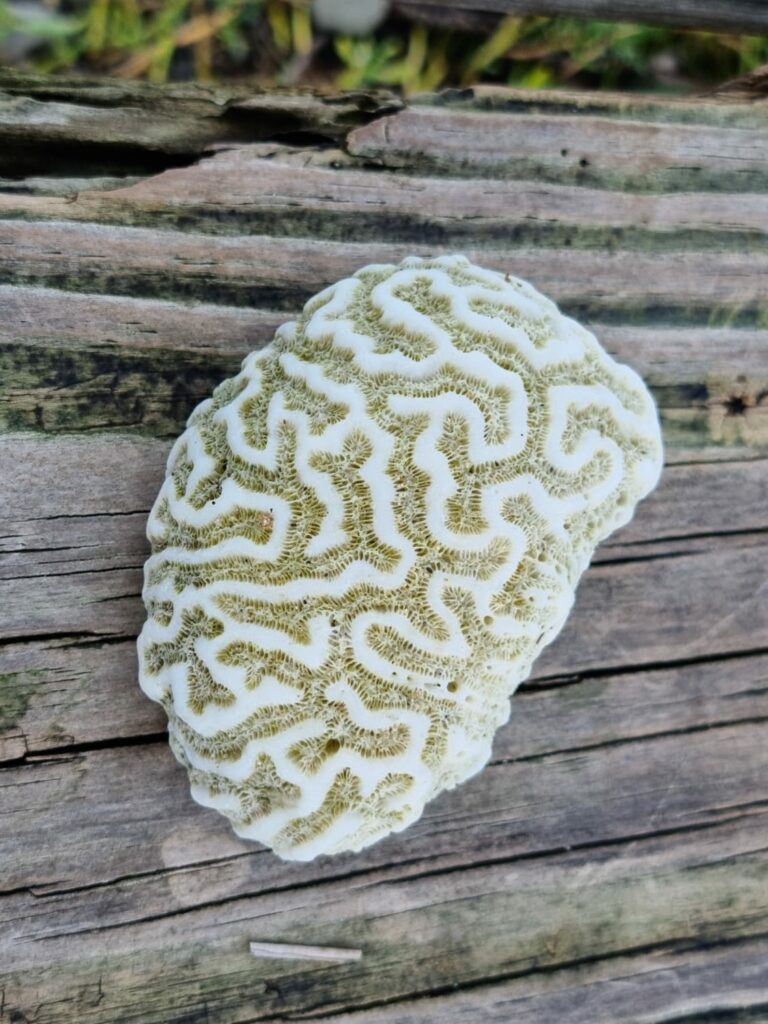
We had our first contact with the Central American mainland on November 4 in Bocas del Toro, a province and archipelago belonging to Panama. Some distance away, we saw clouds pouring tropical rain showers from the sky.

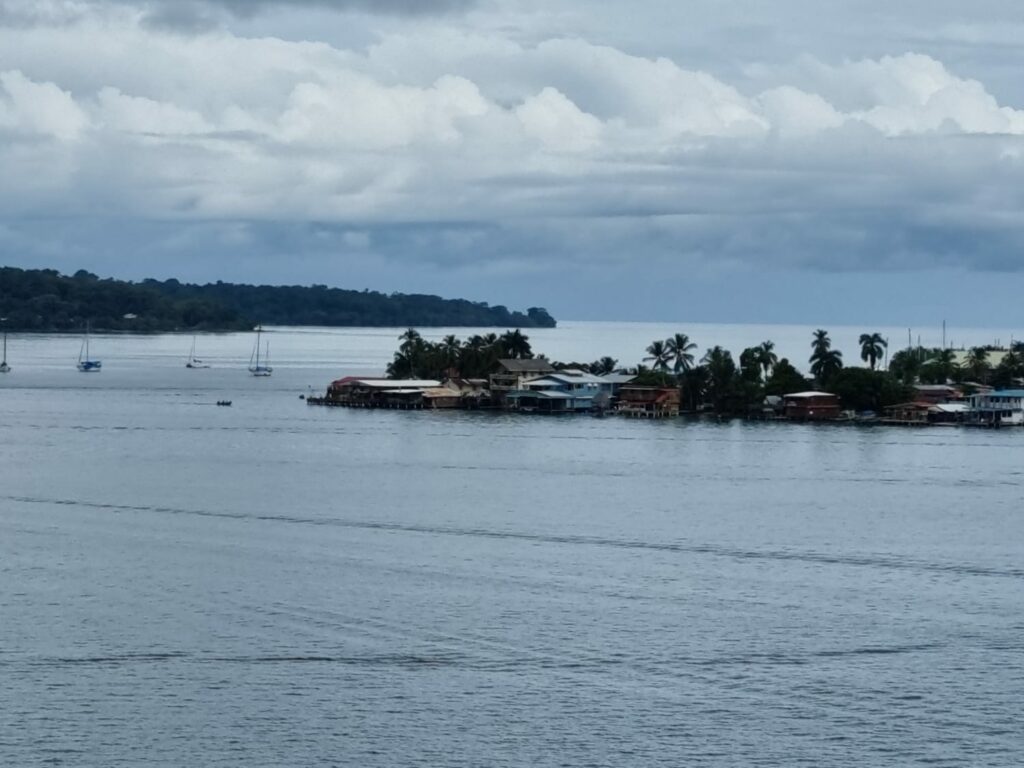
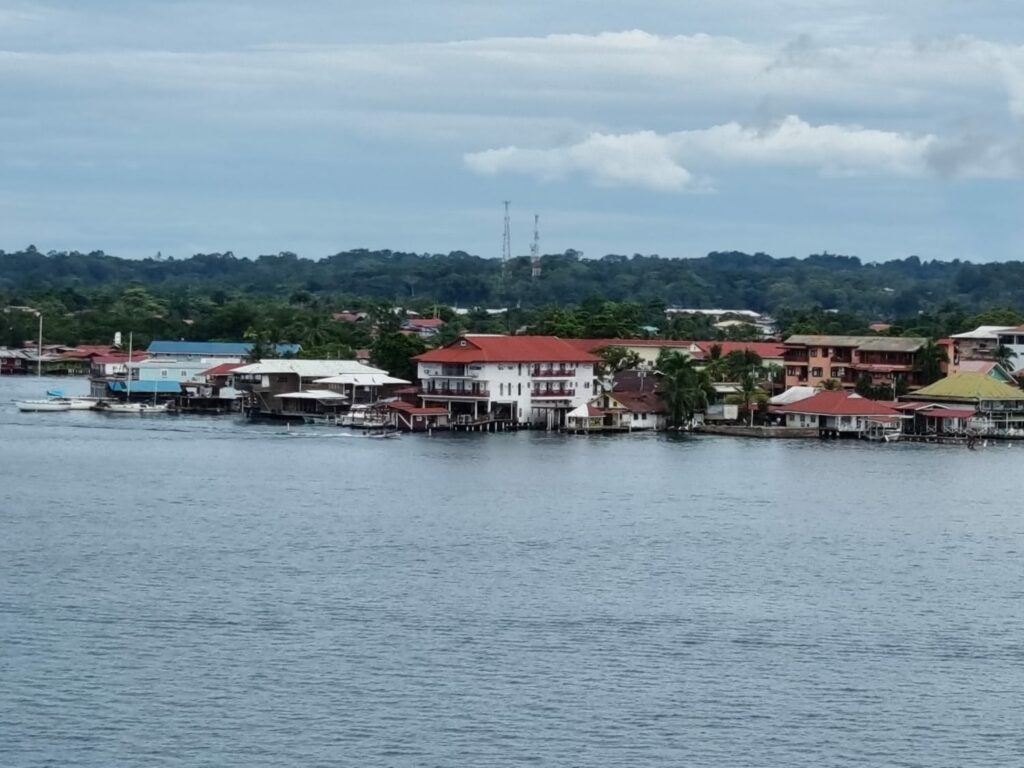
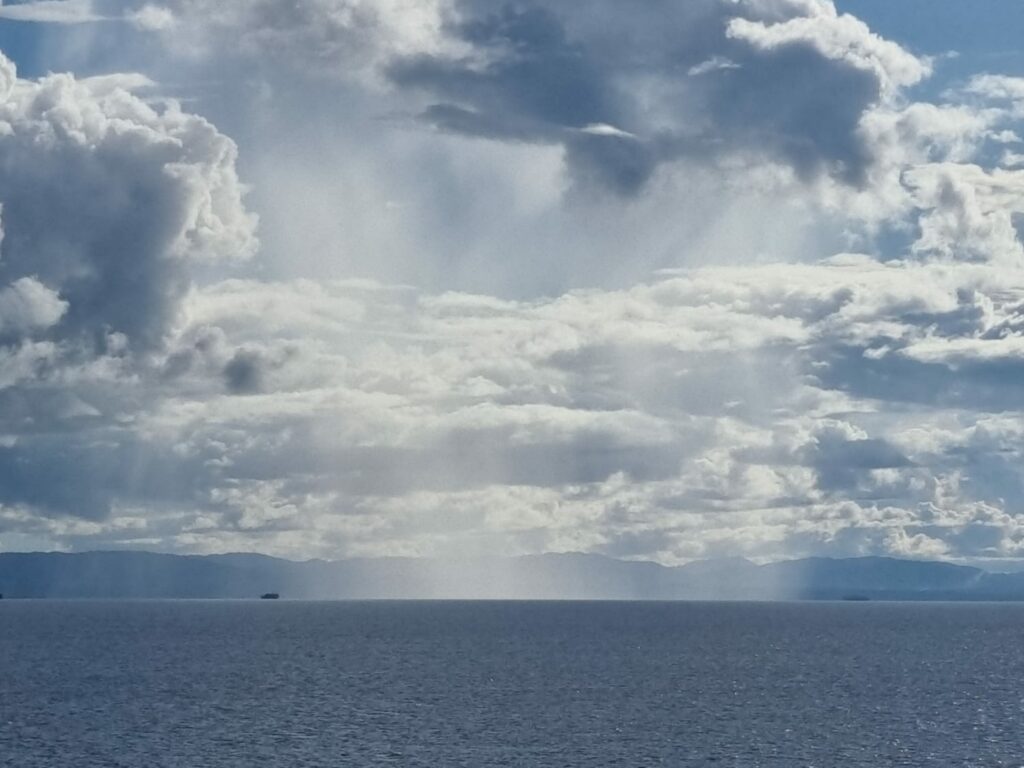
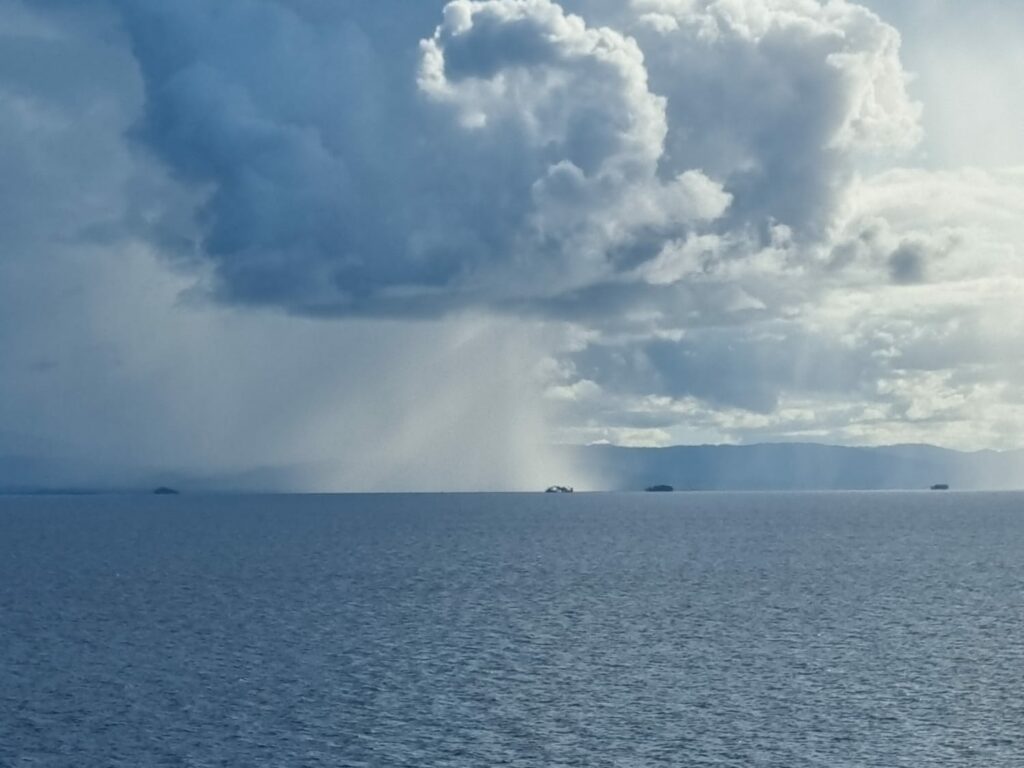
Finally, on November 6, we entered the Panama Canal at the city of Colón. Our ship was raised 26 meters in the Gatún lock to the level of the dammed Gatún Lake. The journey to the other end lasted all day and night. At the Cocoli floodgates, we went back down to the sea level of the Pacific.

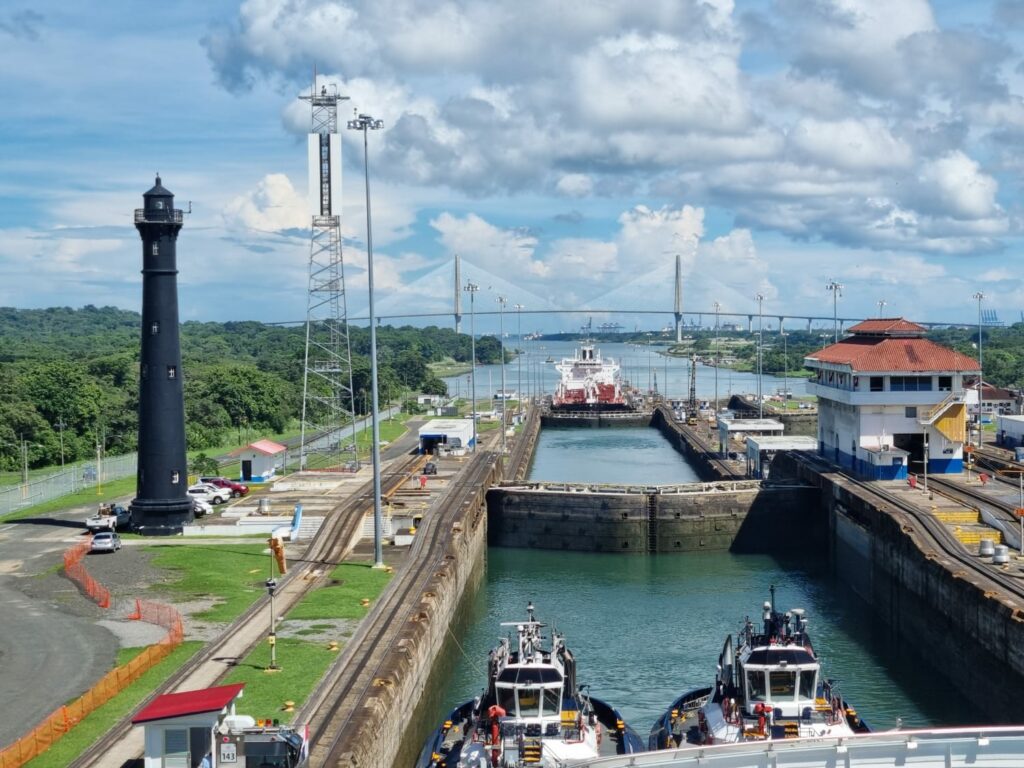

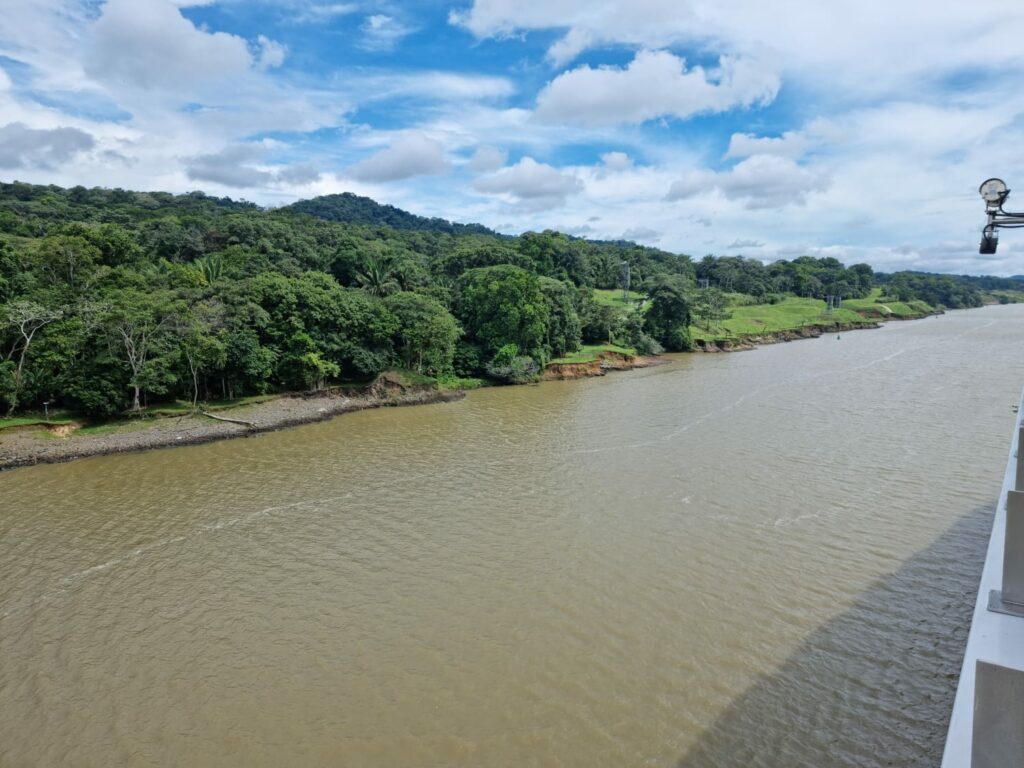
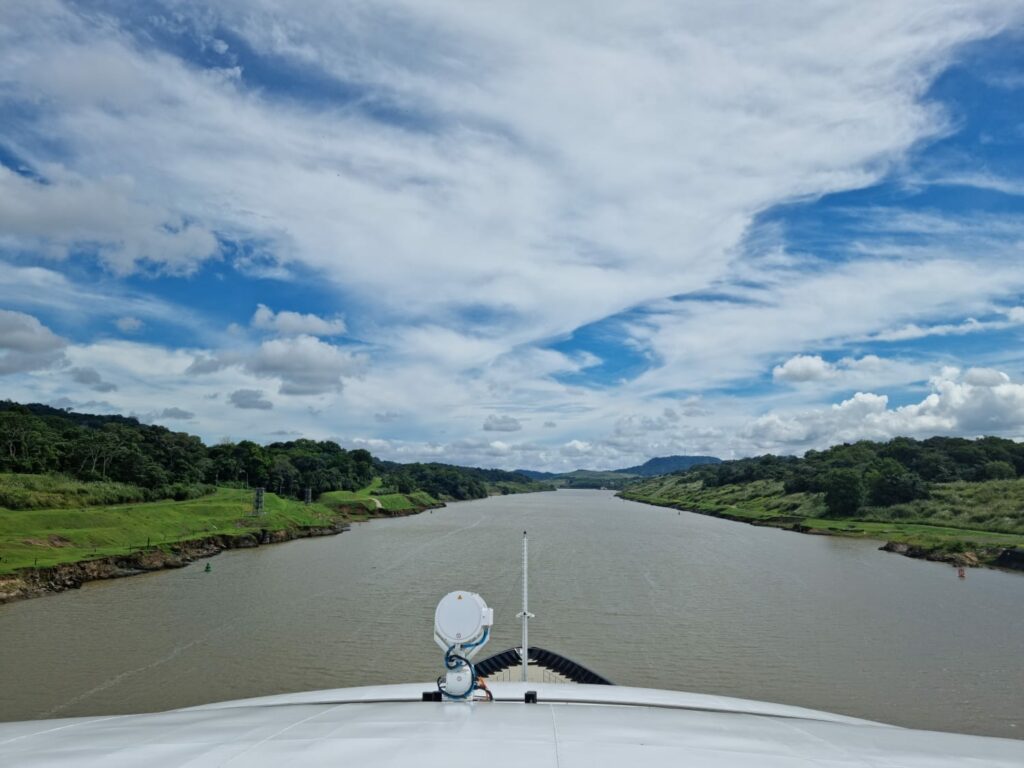
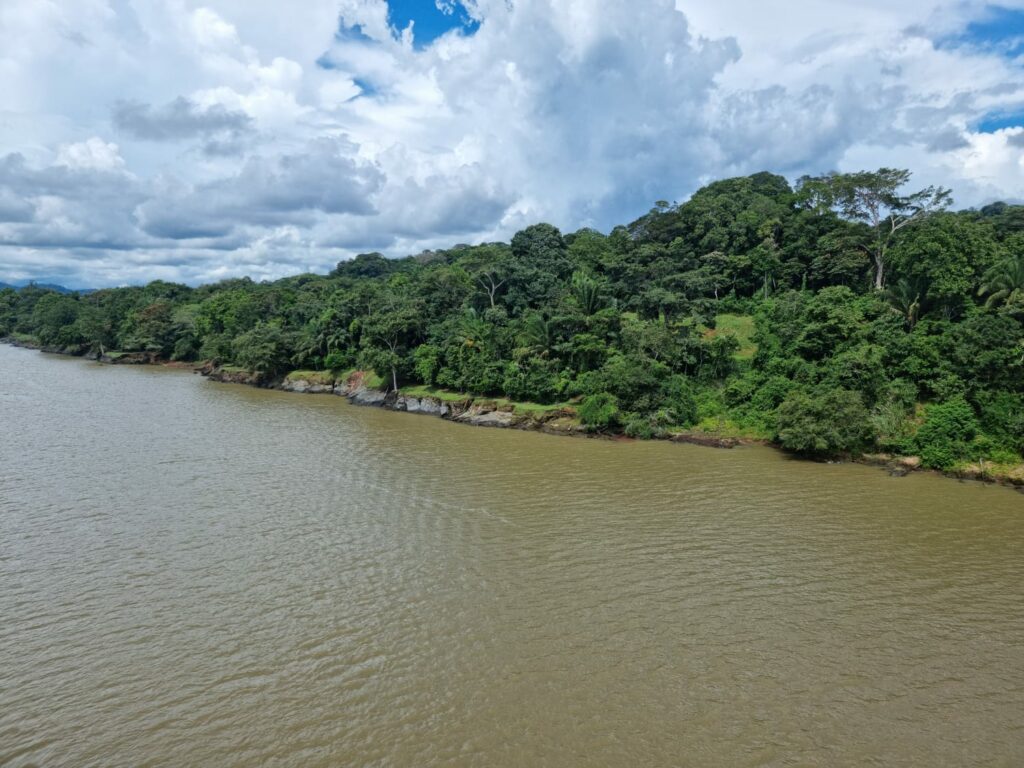
In Panama City, I was visited by a friendly Swiss couple who had emigrated there many years ago. A tour of the ship was of course a matter of honor. The skyline of Panama City is always impressive.

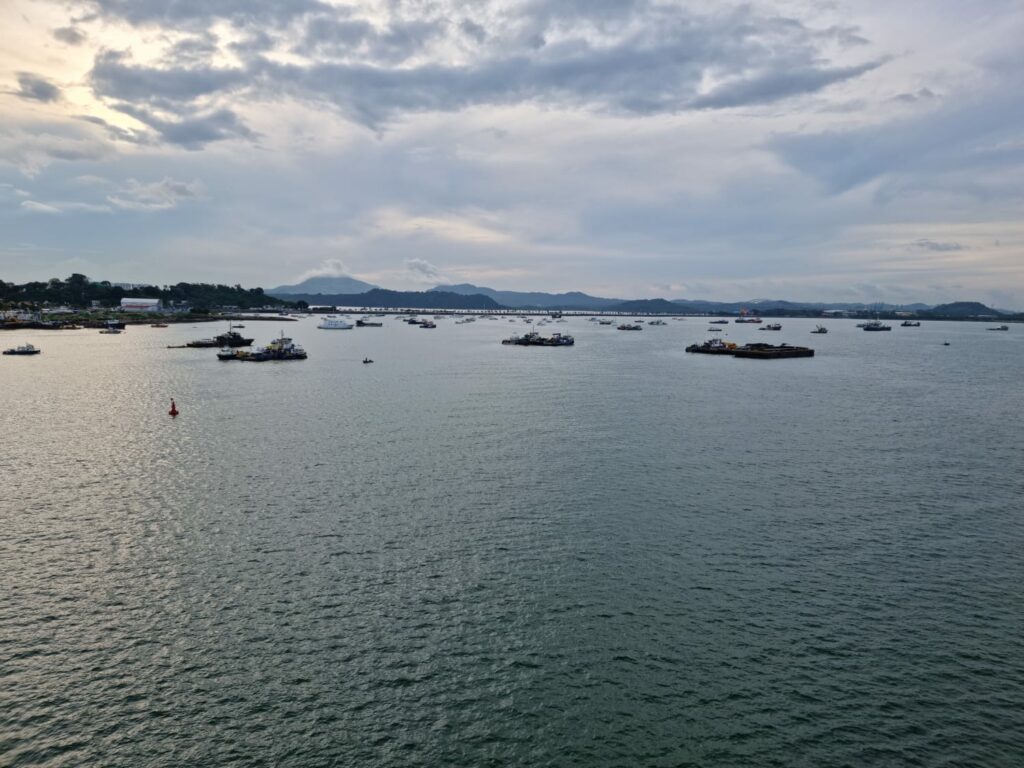
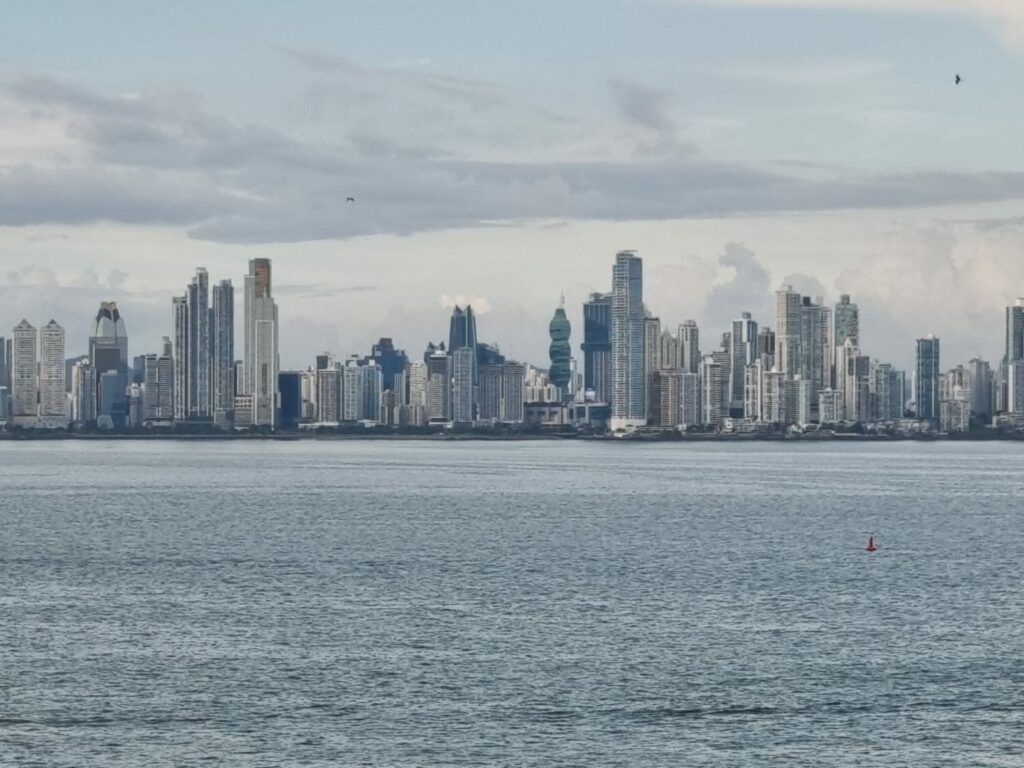
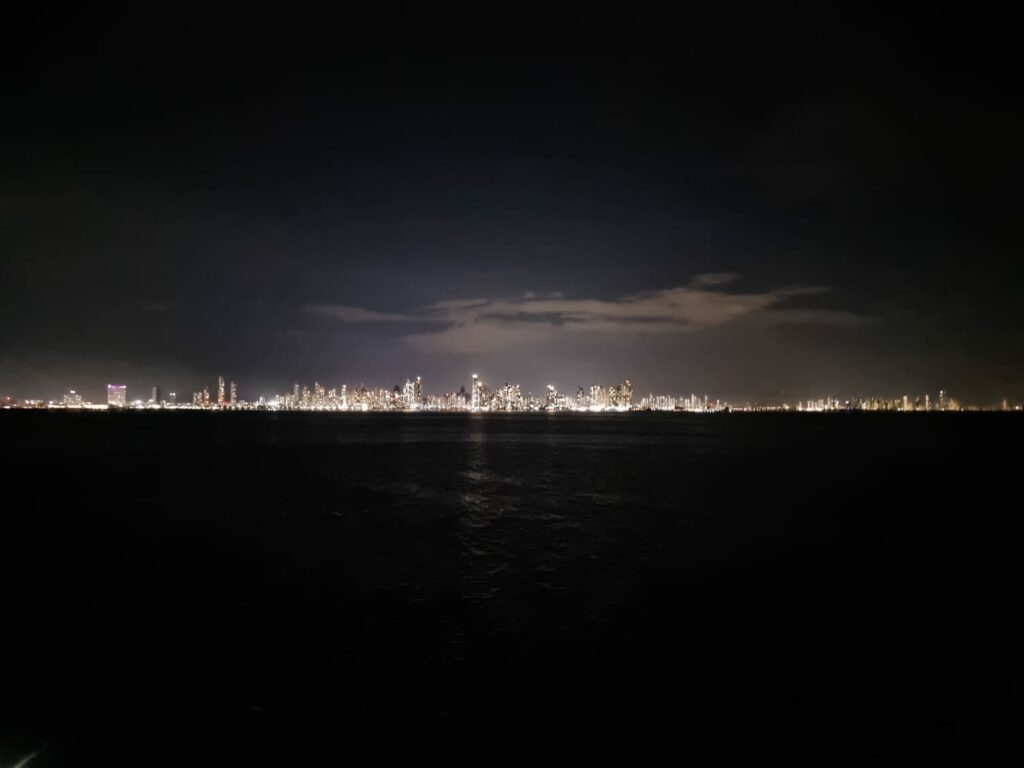
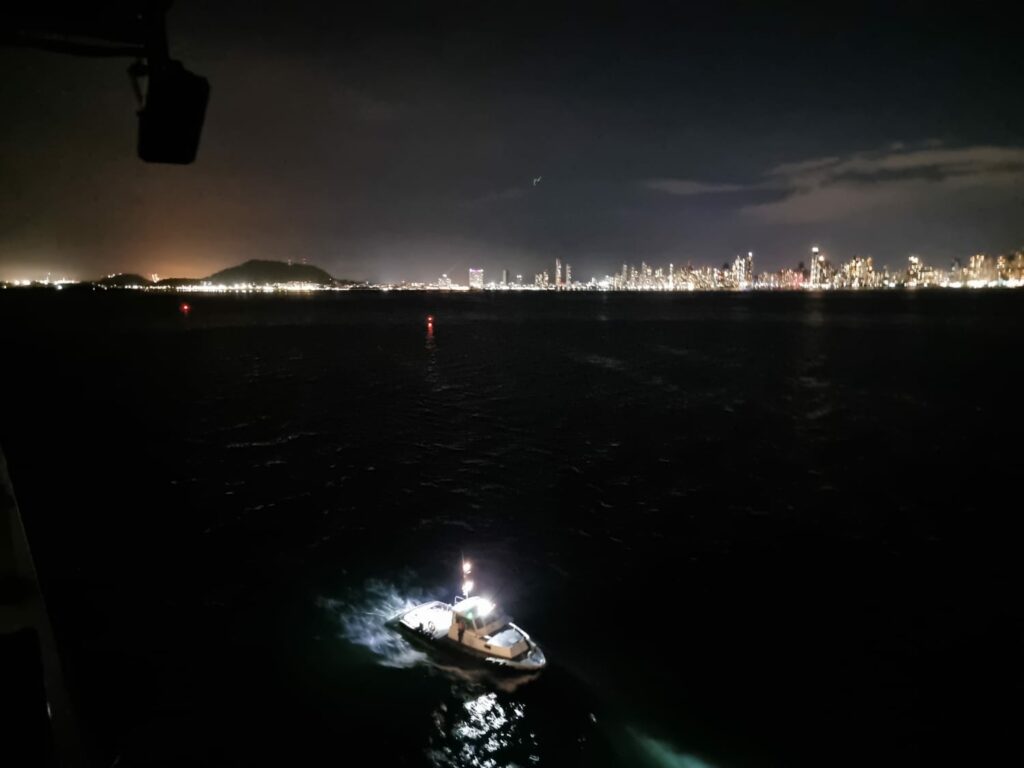
From there, we made our way to Peru. The first stop was Manta, where I was able to do some shopping.

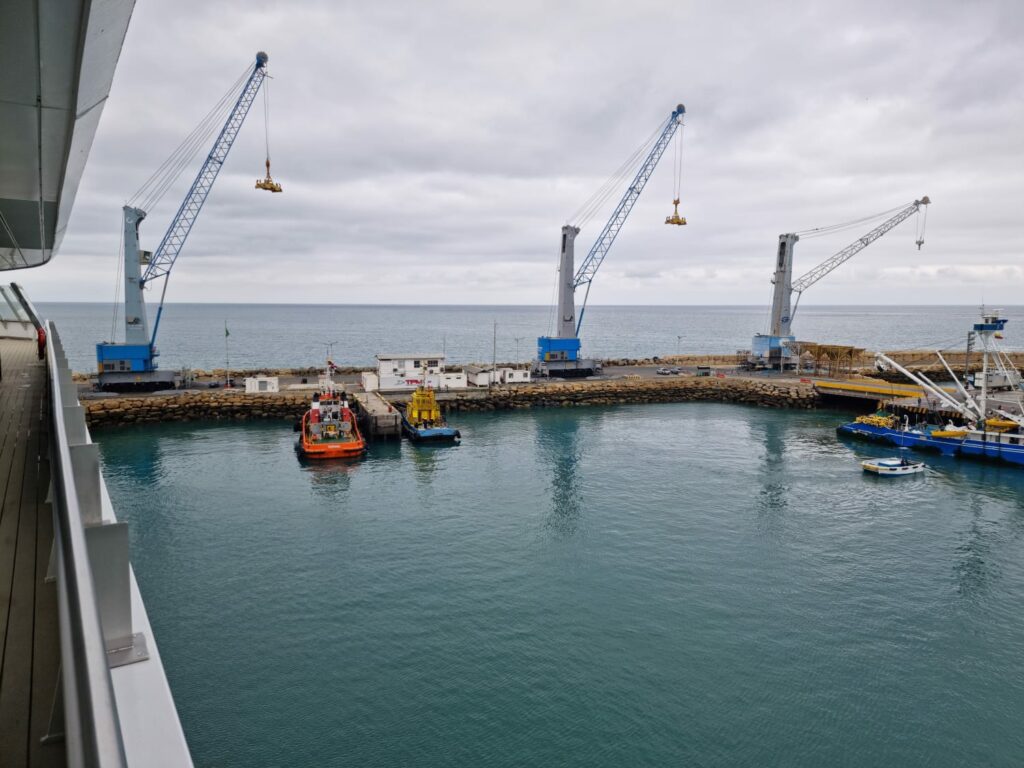
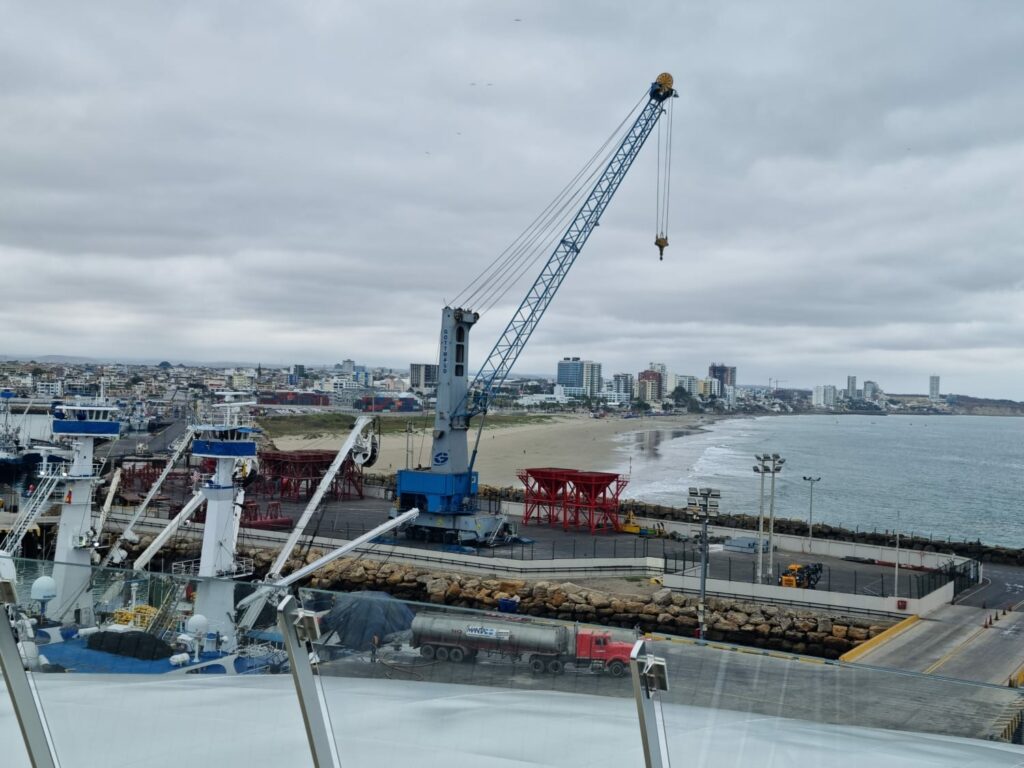
Salaverry is a port city in the northwest of Peru. However, the stay was too short for a shore excursion, especially as I also had to make sure that I attended the medical consultation.
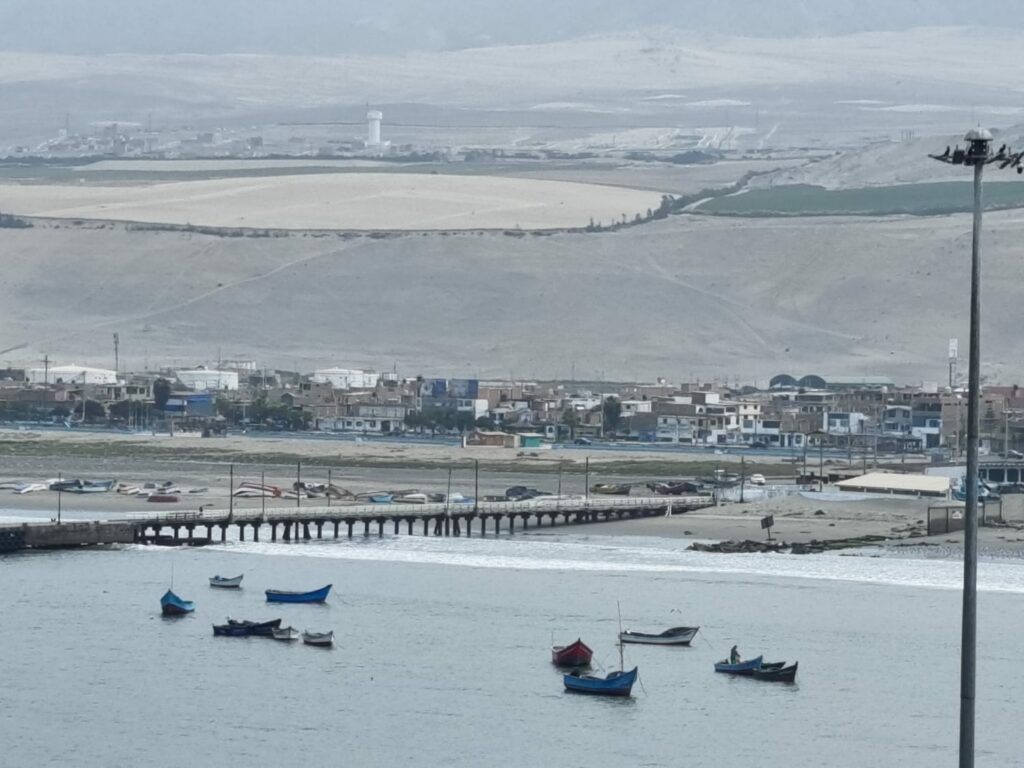
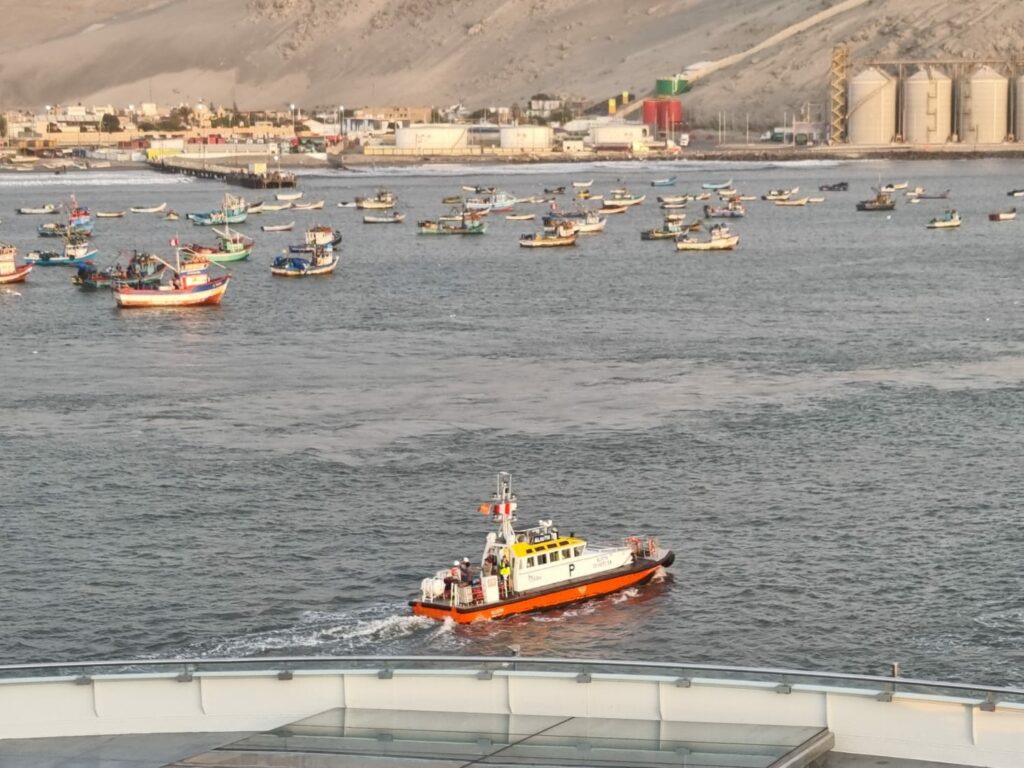
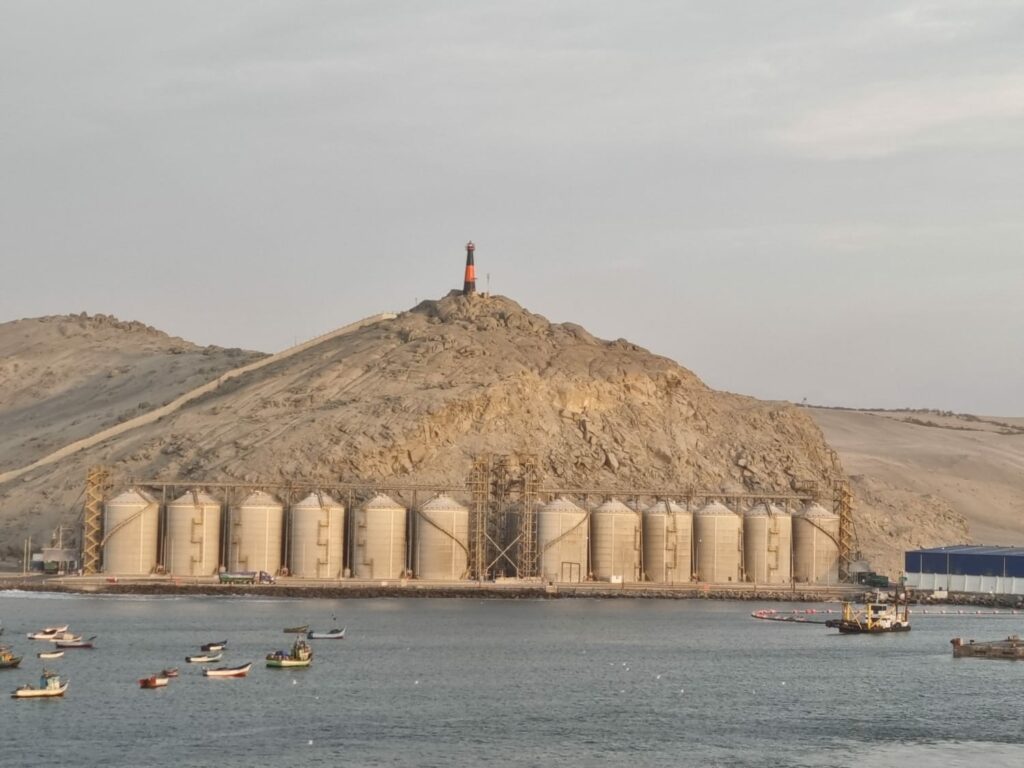
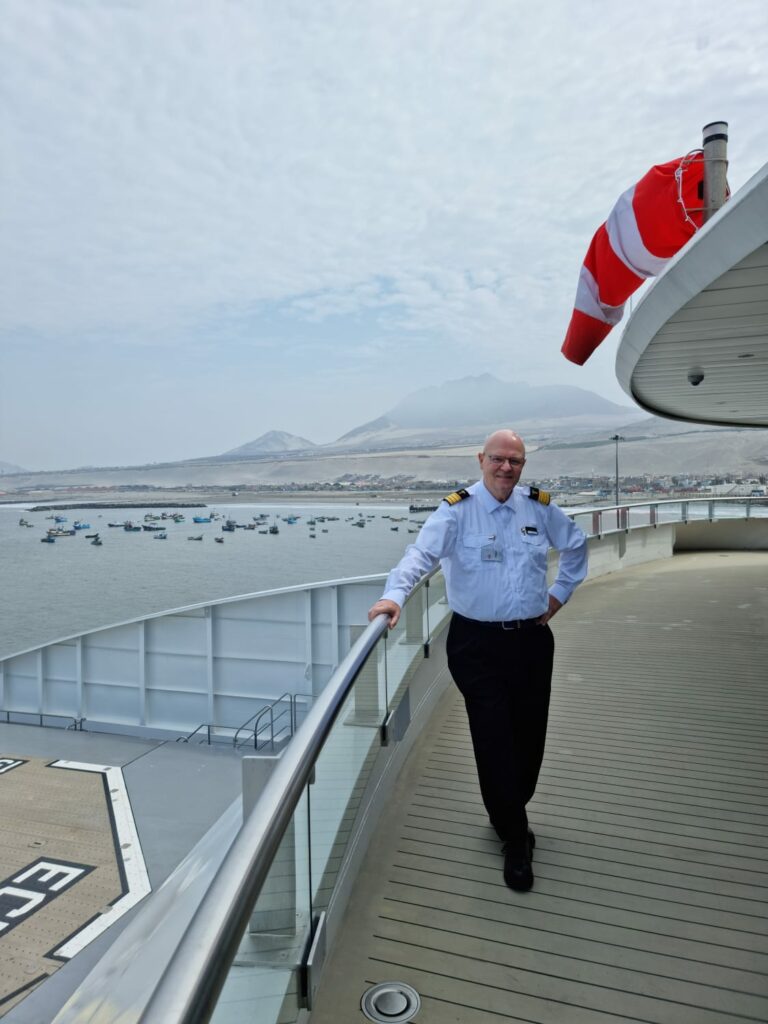
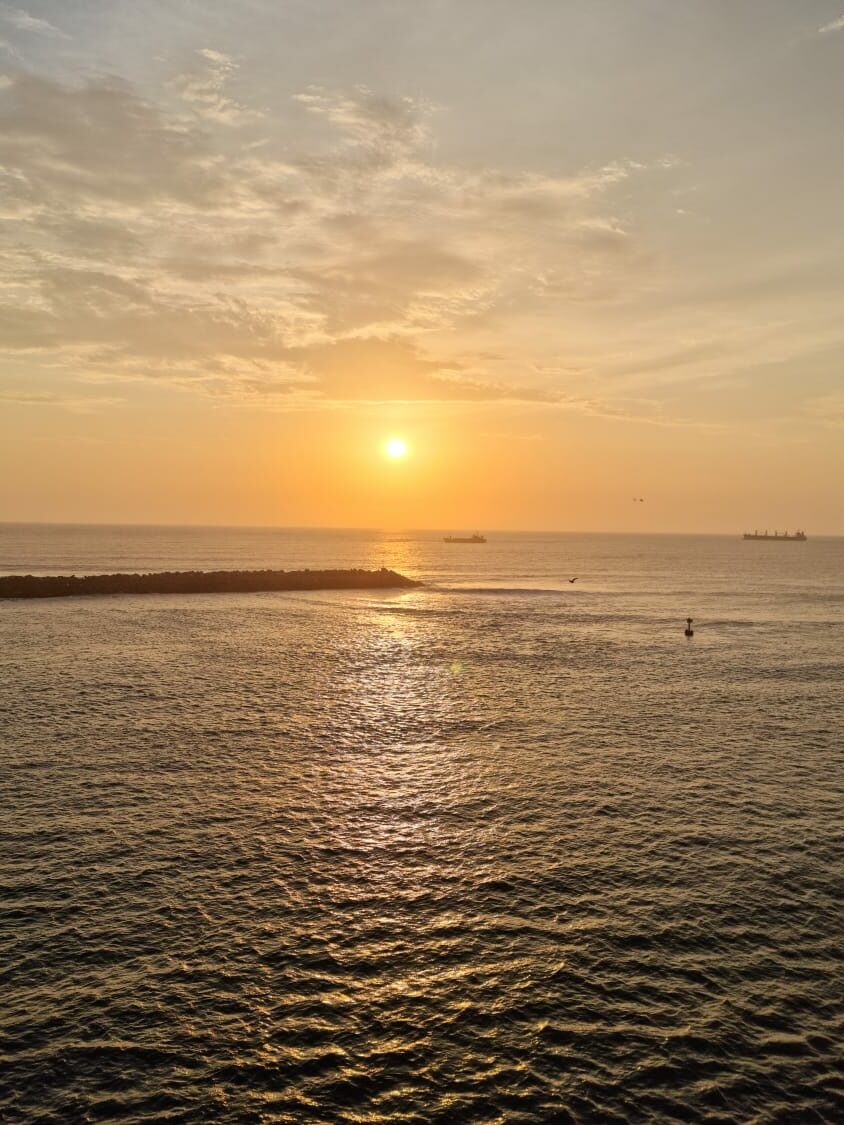
We docked in Callao on November 16. The port city borders directly on Lima, the capital of Peru. It is estimated that 14 million people now live in the metropolitan region of Lima. An old friend from my student days in Heidelberg, who has lived in Lima for many years as a mineralogist and geologist, visited me on the ship: a reunion after almost 41 years.
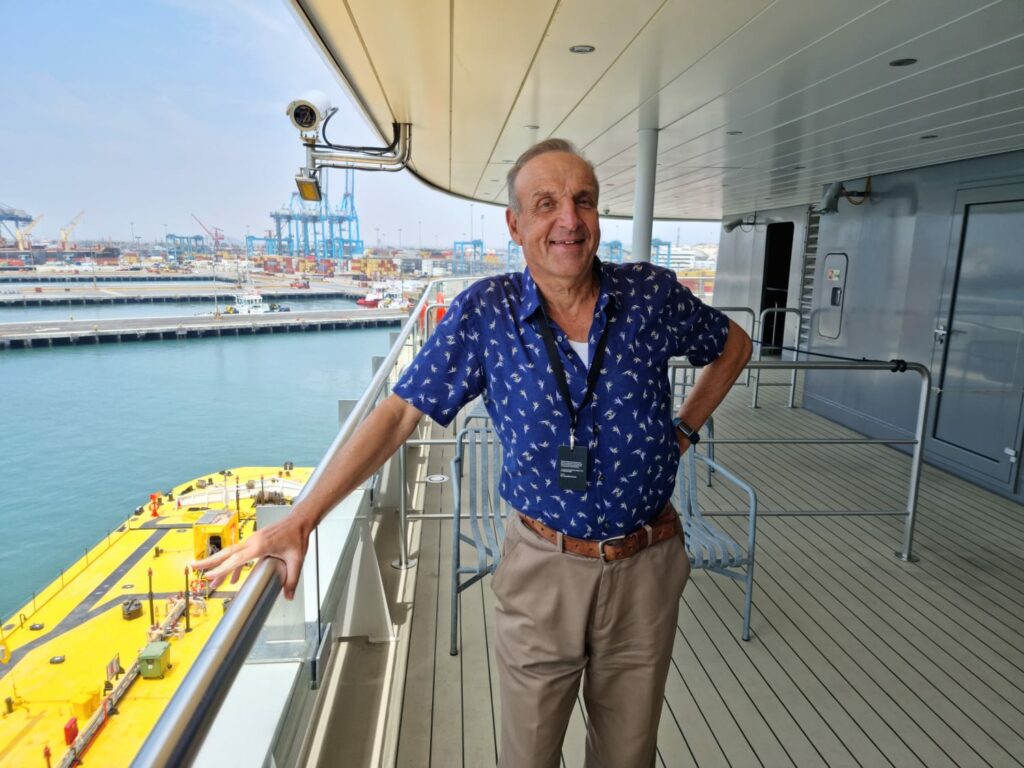

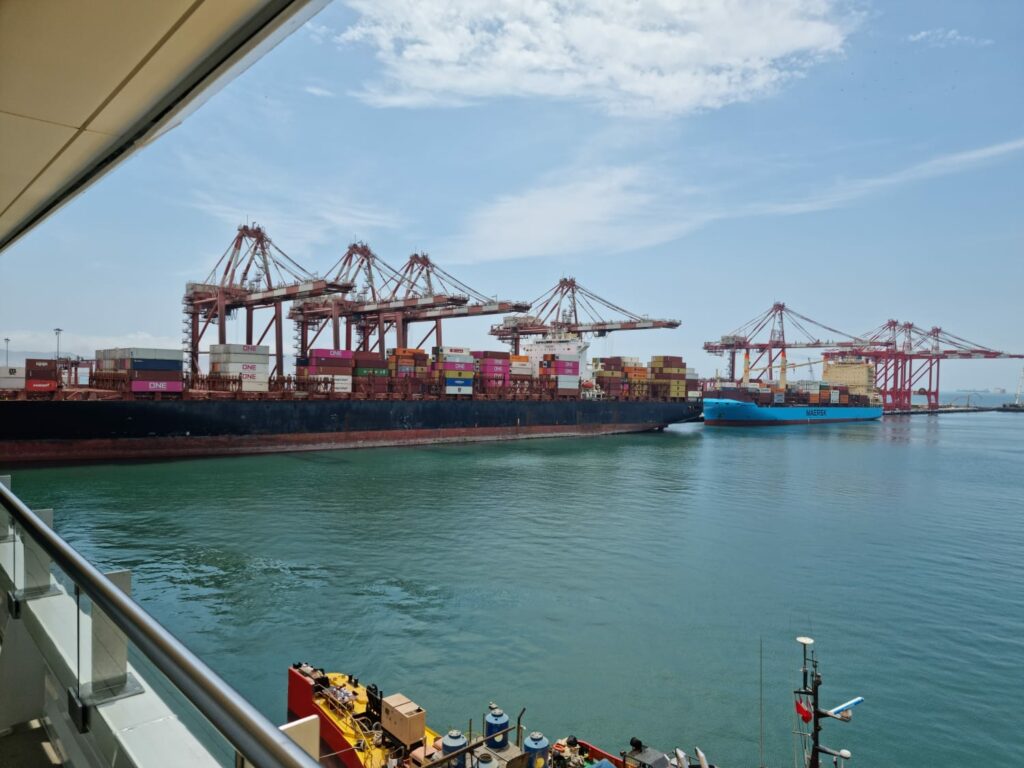
After the big exchange of guests and crew, we set sail again in the evening and headed south. The weather had become much cooler in the meantime, which was also noticeable in the increasing number of people catching colds on the ship. In Paracas, a Peruvian folklore group gave us a taste of their show in our on-board theater.
Matarani is a smaller Peruvian port…

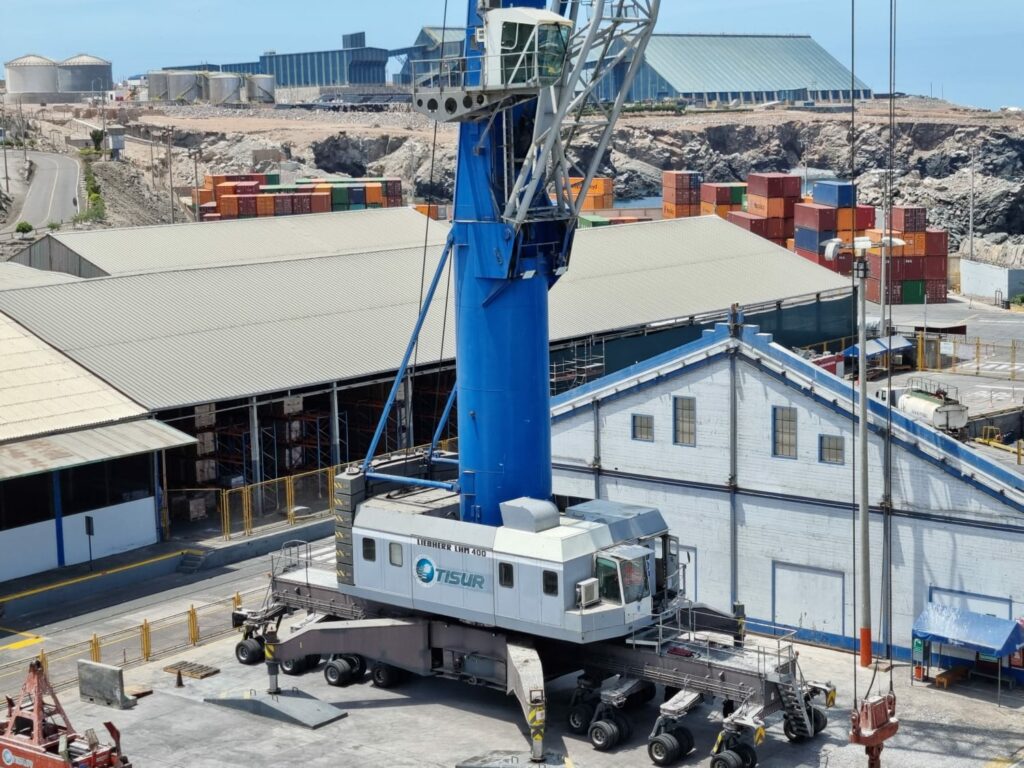
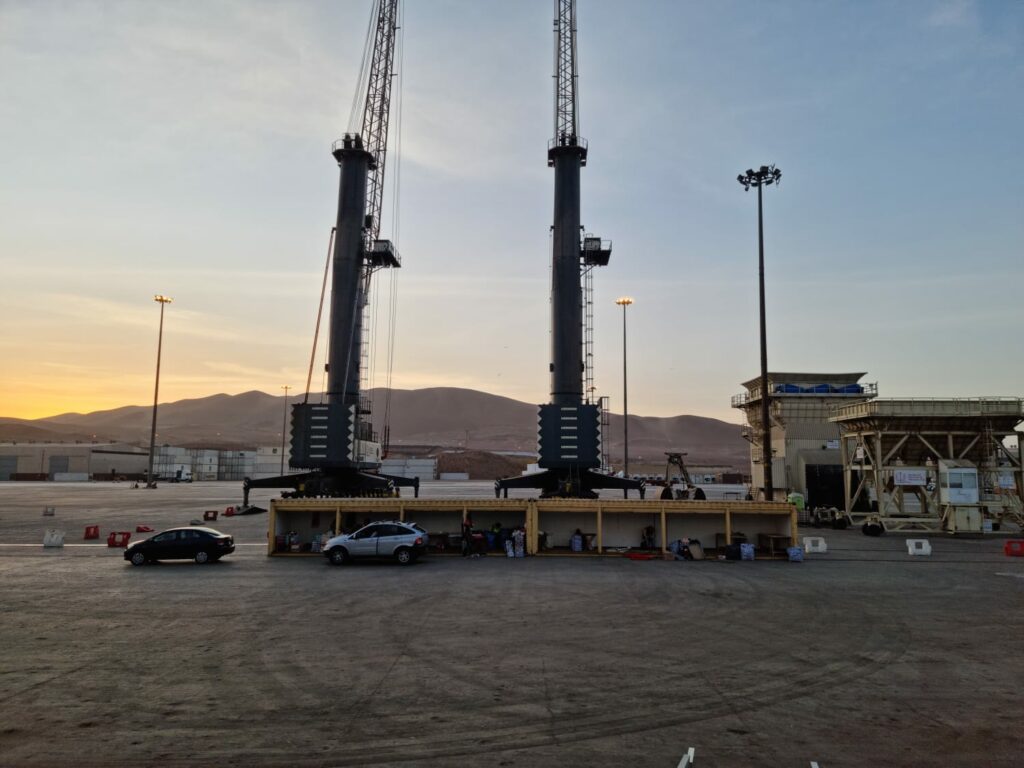
…Just like the first port in Chile: Arica, where we were treated to a farewell brass band concert featuring ABBA hits.
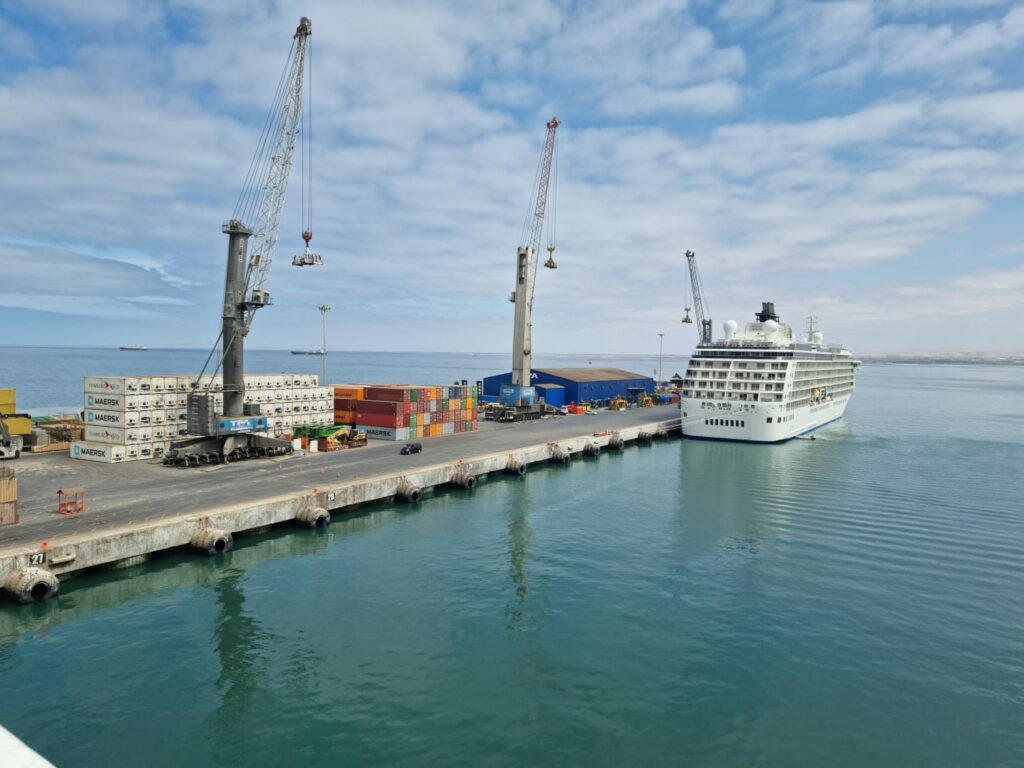
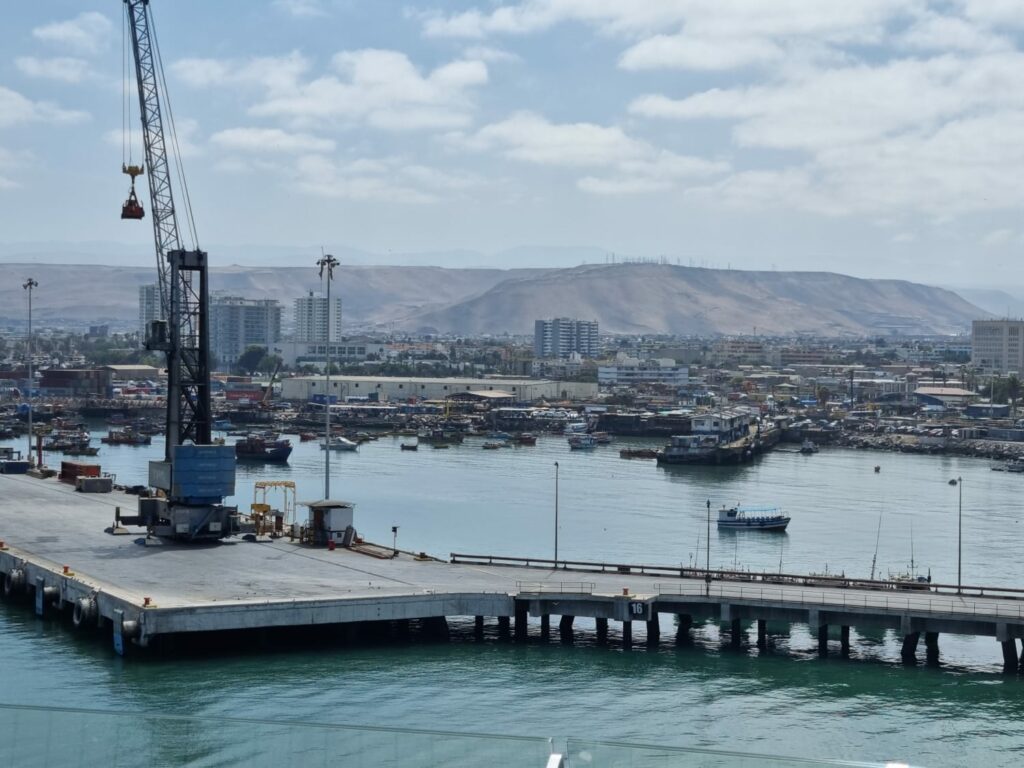
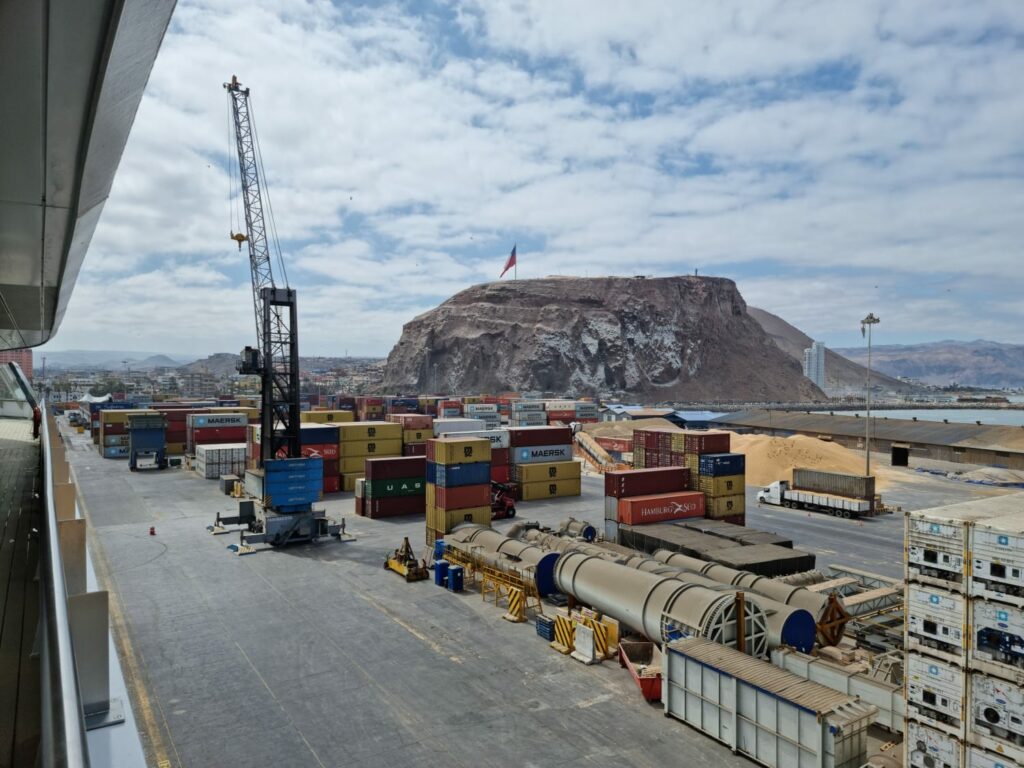

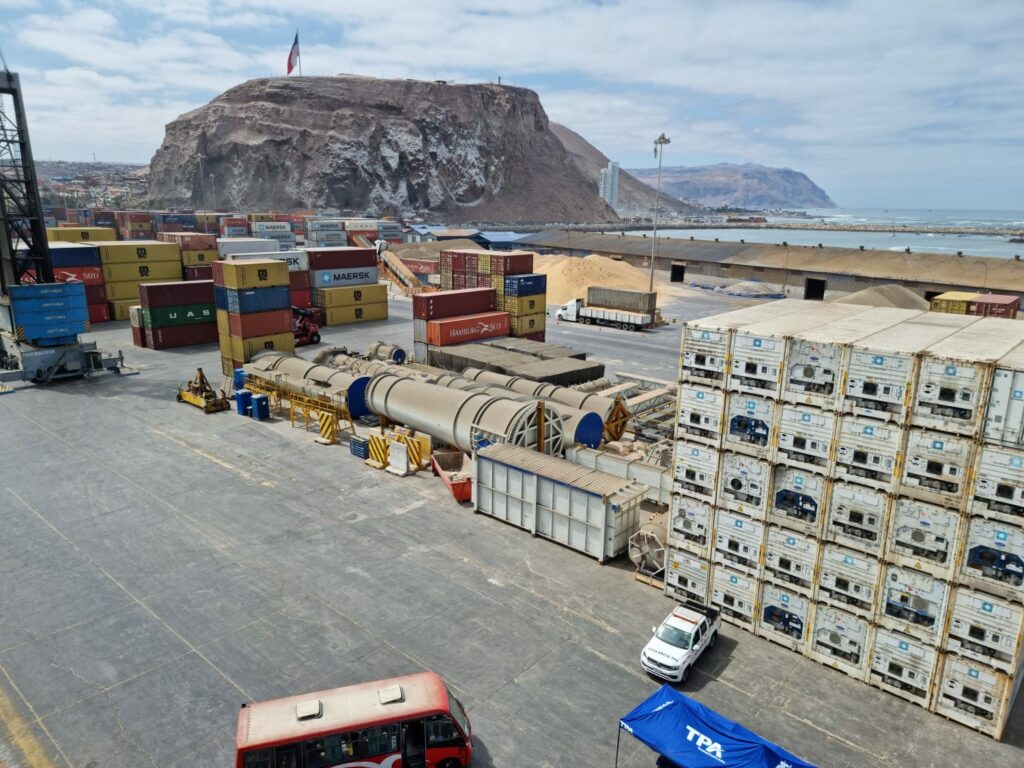
In Iquique on November 21, it became much cooler, very dry and dusty. In terms of latitude, we were in the middle of the coastal area of the Atacama Desert. What looks like fog is actually dry dust from the driest desert in the world. In some areas, not a drop of water has fallen from the sky in the last 15 years. Here you can find the so-called Atacama Geoglyphs https://de.wikipedia.org/wiki/Geoglyphe and the European Southern Observatory. The birds here have been producing guano since prehistoric times. However, the saltpetre is basically produced inorganically from the soil by the sun. Translated with www.DeepL.com/Translator (free version)

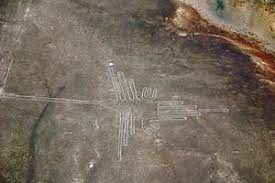
Sea lions resting on the stem (bulbous bow) of the neighboring container freighter.


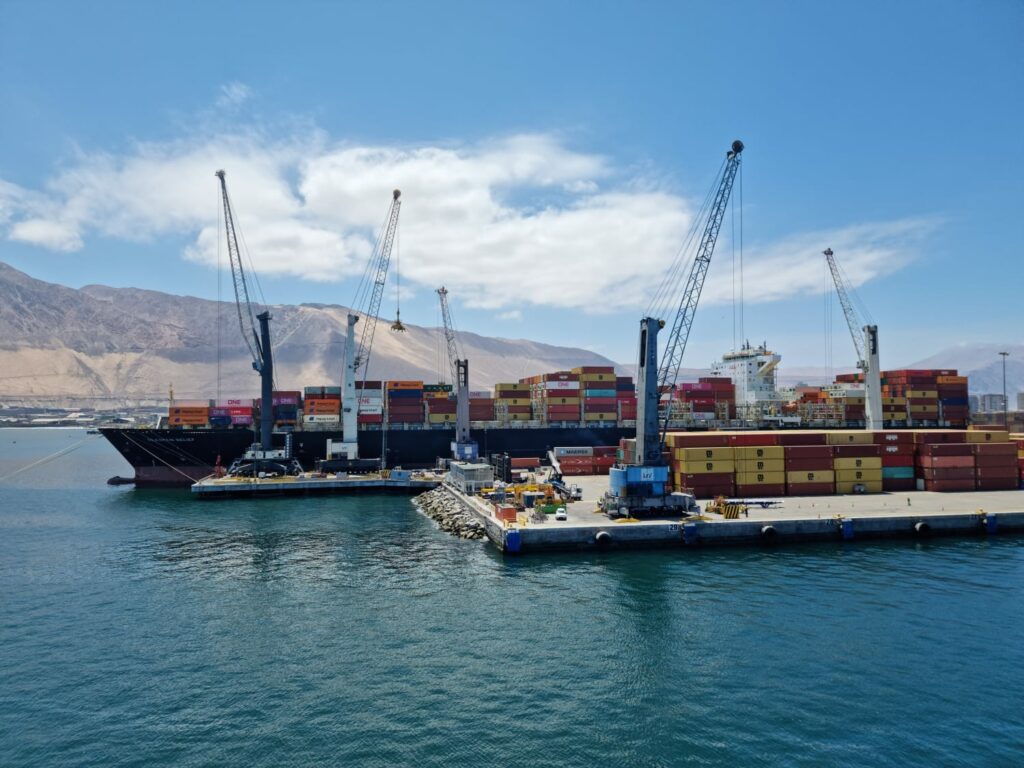
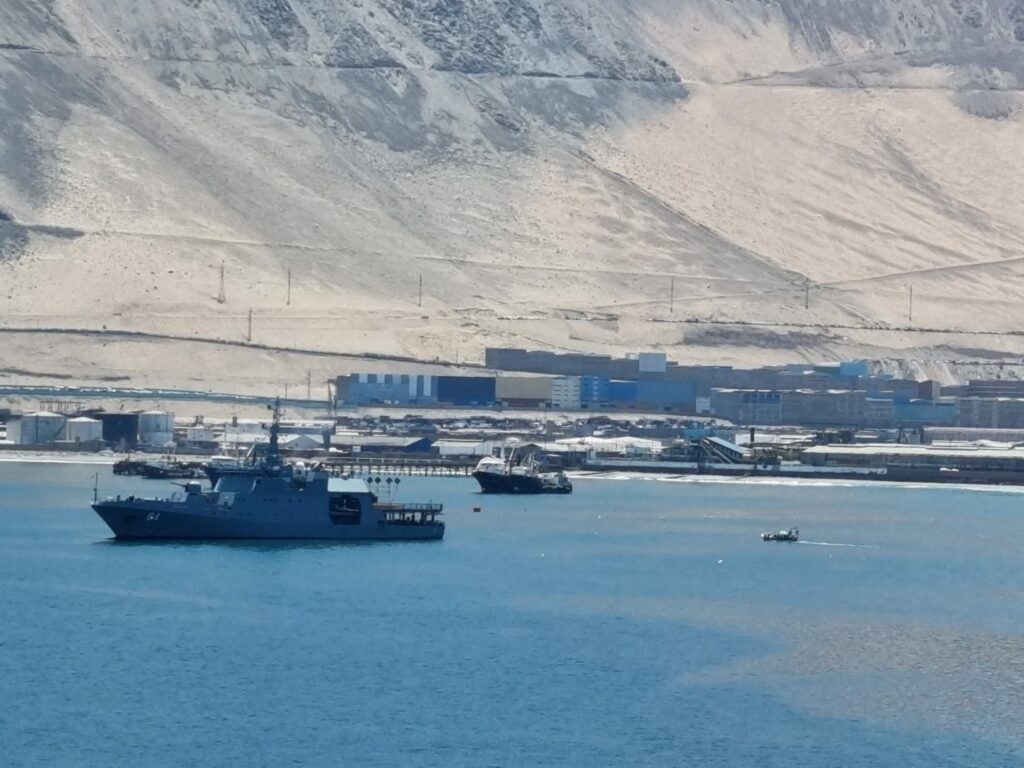
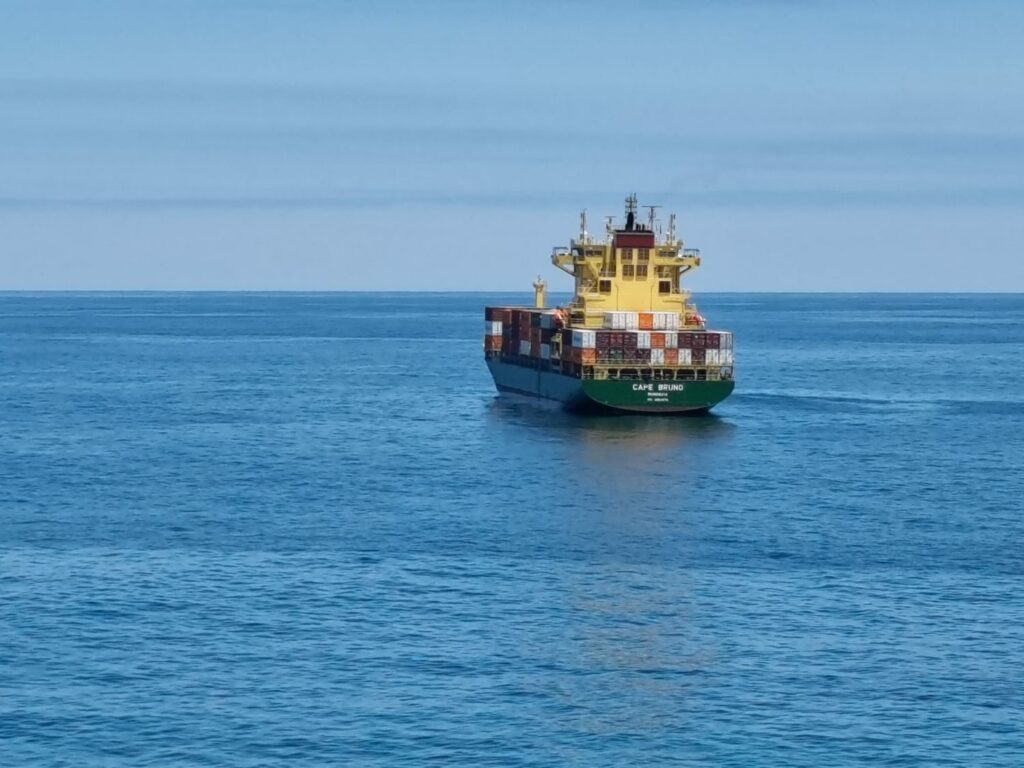
Coquimbo was the last stop on this cruise before the next exchange of guests and crew in Valparaiso.
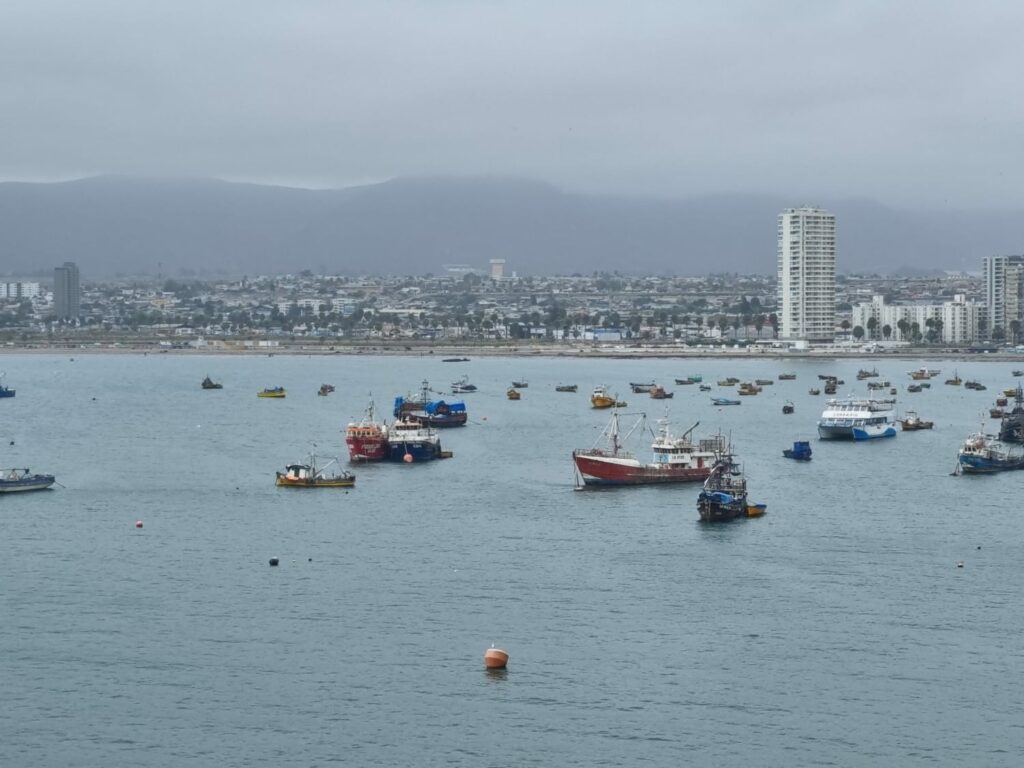
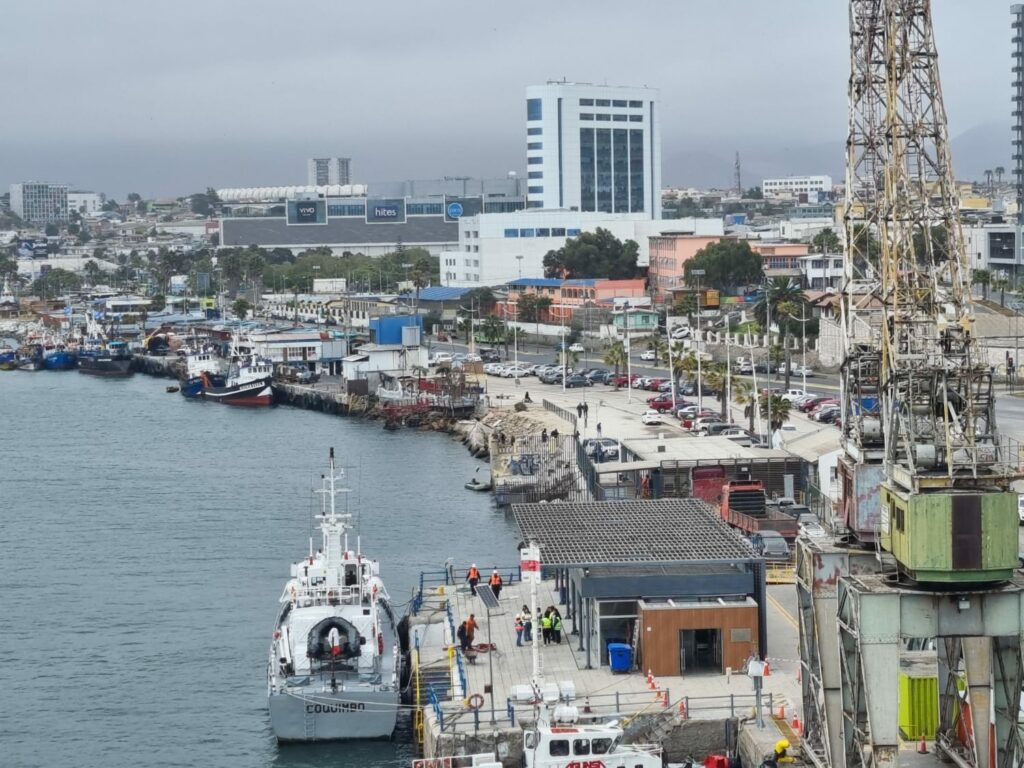
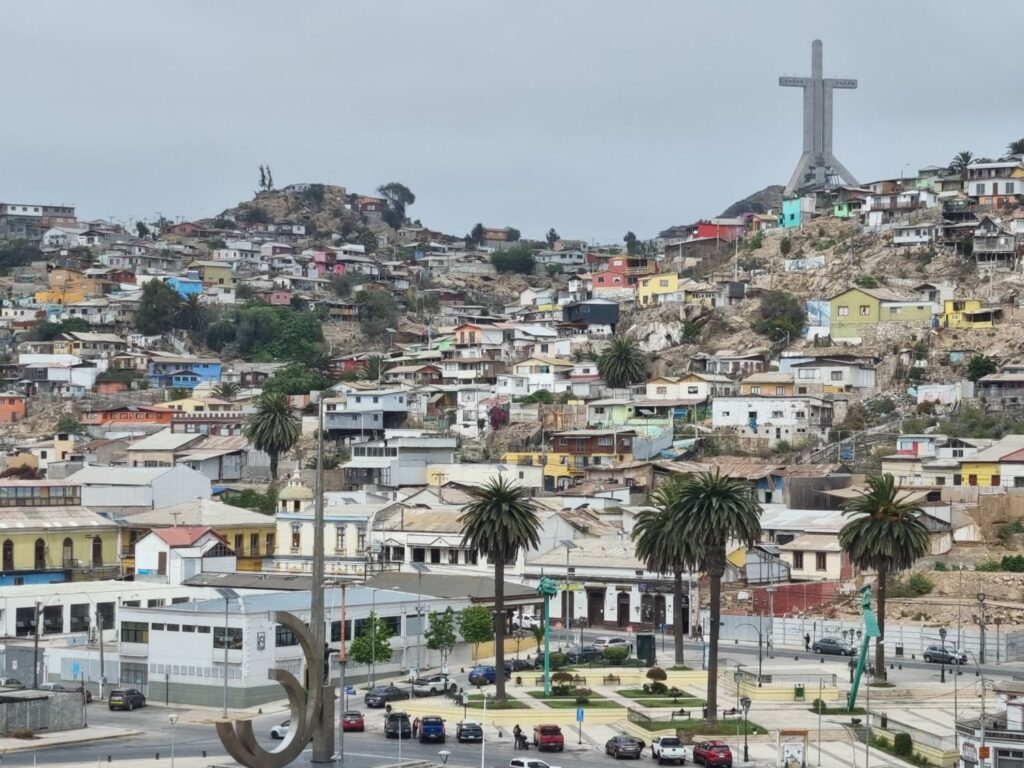
The metropolitan region of Valparaiso is home to almost 1 million people and is located around 120 km west of the capital Santiago de Chile. It looks back on an eventful history. In 1973, the military coup against President Salvador Allende began in the port of Valparaiso. The disastrous Pinochet dictatorship only ended in 1990, and even today there are street battles on almost every anniversary.
